Furniture from the ethnological collections
These pieces of rustic furniture are part of the National Museum’s ethnological collections. The ethnological collections tell the story of Finnish folk culture from the 16th century to the present day.
The National Museum’s collections are the result of some 200 years of collecting. In the 18th century, loose furniture was not very common in Finnish vernacular buildings. Seats, shelves and beds, for example, were part of fixed wall structures. Loose furniture started to gain in popularity as chimney ovens became more common. After this, the rooms of log houses were no longer black with smoke and chambers could be kept warm by their own ovens. Gradually, people started building houses with larger windows, instead of the small window hatches used in chimneyless cabins. The lighting in the rooms improved. For this reason, painted furniture could be admired in a completely new way in a 19th century house.
Chests are some of the oldest pieces of furniture. In Finland, they are known to have been used since the Middle Ages. Chests were popular for storing clothes and other valuable belongings. After all, they were reinforced with iron bands and lockable. Small compartments inside chests were used for keeping smaller valuables, such as jewellery. Chests with flat tops also served as seats. When a maid changed houses, she could bring with her a chest with all her possessions.
Smaller items of the house were stored on shelves or in wall baskets. Small wall cabinets gradually became available for this purpose from the 17th century onwards. Among ordinary people, the earliest cabinets were unpainted, but some of them were decorated with wood carvings. Painted decorations became more common in the 19th century. Small wall cabinets were attached to the wall with thick iron hooks and had a lock. The cabinets were named after their owners as the master’s cabinet or the farmhand’s cabinet. The master kept the most important things of the house in the cabinet, such as money, the Bible or the most valuable drinks. The farmhand, in turn, kept almost all of his personal belongings in his cabinet. When the farmhand changed houses, he could just take the cabinet with him.
Larger floor standing cabinets became more common in the wealthiest farmhouses in the 18th century. The cabinets often consisted of two parts. They usually had a wider lower part and a narrower upper part. Corner cabinets were popular. They were used, for example, as dish cupboards or food cabinets. A good example of food cabinets are milk cabinets, which were also used for making sour milk and sour milk yogurt. The finest linens were stored in the chamber cabinet. Painted decorations also became more common in larger floor cabinets in the 19th century. Floral decorations were the most common. Biblical or other representational motifs were less common. The cabinet models varied from village to village. If there were church builders in the area, the finest pieces of furniture were probably their work.
Grandfather clocks were already used in the wealthiest houses in the late 18th century but did not become more common until the 19th century. Sundials used to be enough to tell the time. Earlier, it was not necessary to know the exact time. Hours were only important in certain situations. For example, in larger houses with a lot of outside labour, the clock brought punctuality to working hours. In the 18th century, grandfather clocks had an emphasis on straight-line Queen Anne style. The 19th century saw the style of grandfather clocks change to incorporate Rococo elements. There were skilled grandfather clock makers on the west coast. Many of them had come from Sweden. Often, the clockmaker made the clock and the local carpenter made the case.
Chairs were rare pieces of furniture in Finnish farmhouses before the middle of the 19th century. Chairs were introduced in the wealthiest houses in the late 18th century but did not become more common until the 19th century. Usually, the main room of the house had fixed long benches built into the walls. Loose chairs were mostly honorary seats and they were valuable pieces of furniture. Chairs were purchased by inns, for example, if guests of higher standing were expected, but the use of chairs did not immediately spread from the inn to the surrounding houses.
Cylindrical chairs and chest chairs were used not only for sitting but also for storing goods. The model of the chest chair has been known since the early Middle Ages. Cylindrical chairs were popular among artisans. They could store their tools inside the seat. Furniture reflected the trends of different times. The chairs at the National Museum show influences from, for example, the Renaissance, Rococo, Empire and Biedermeier styles. Bridal chairs were decorated with heart patterns and often also with the bride’s initials.

Select an image for more information
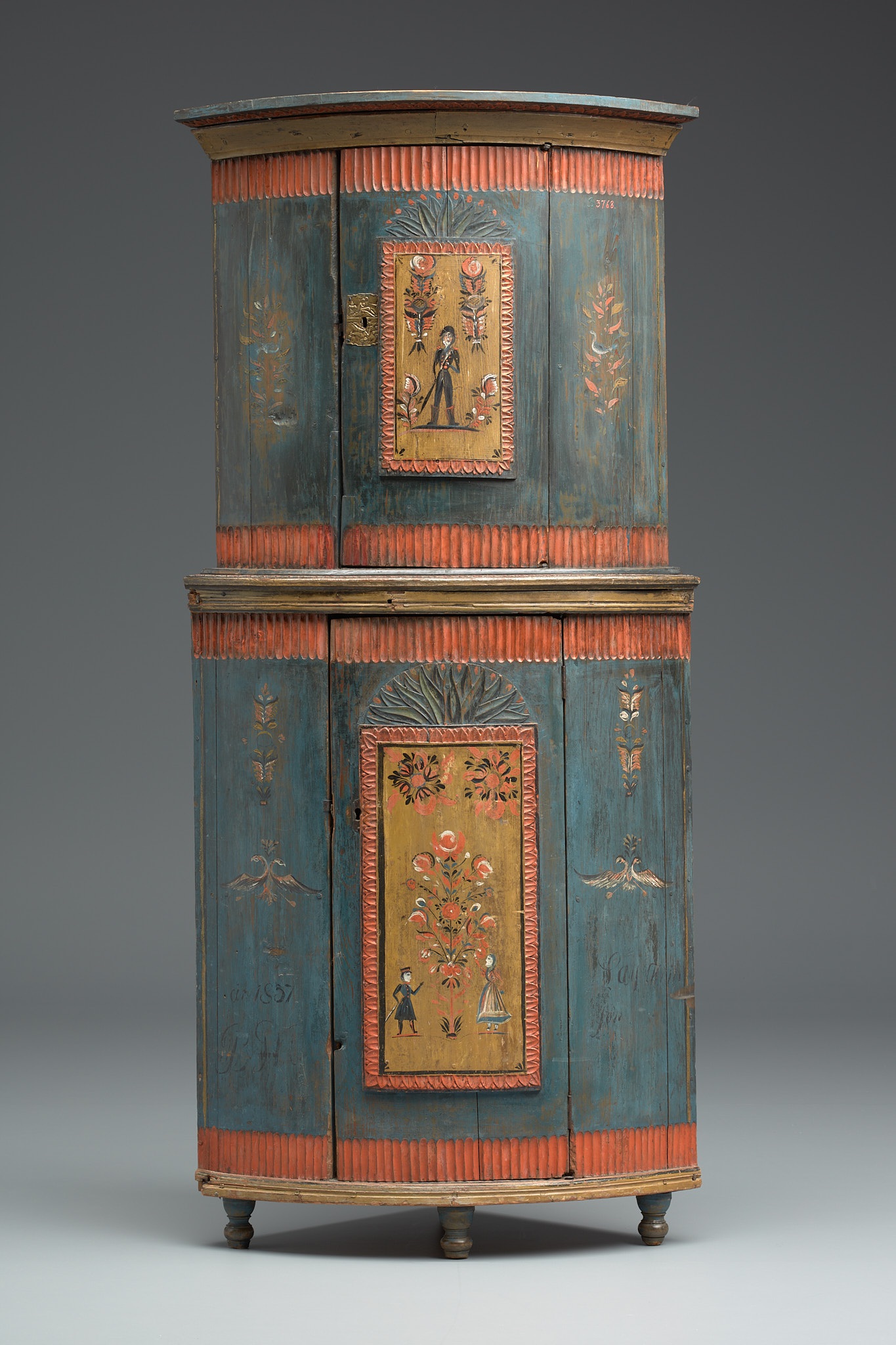
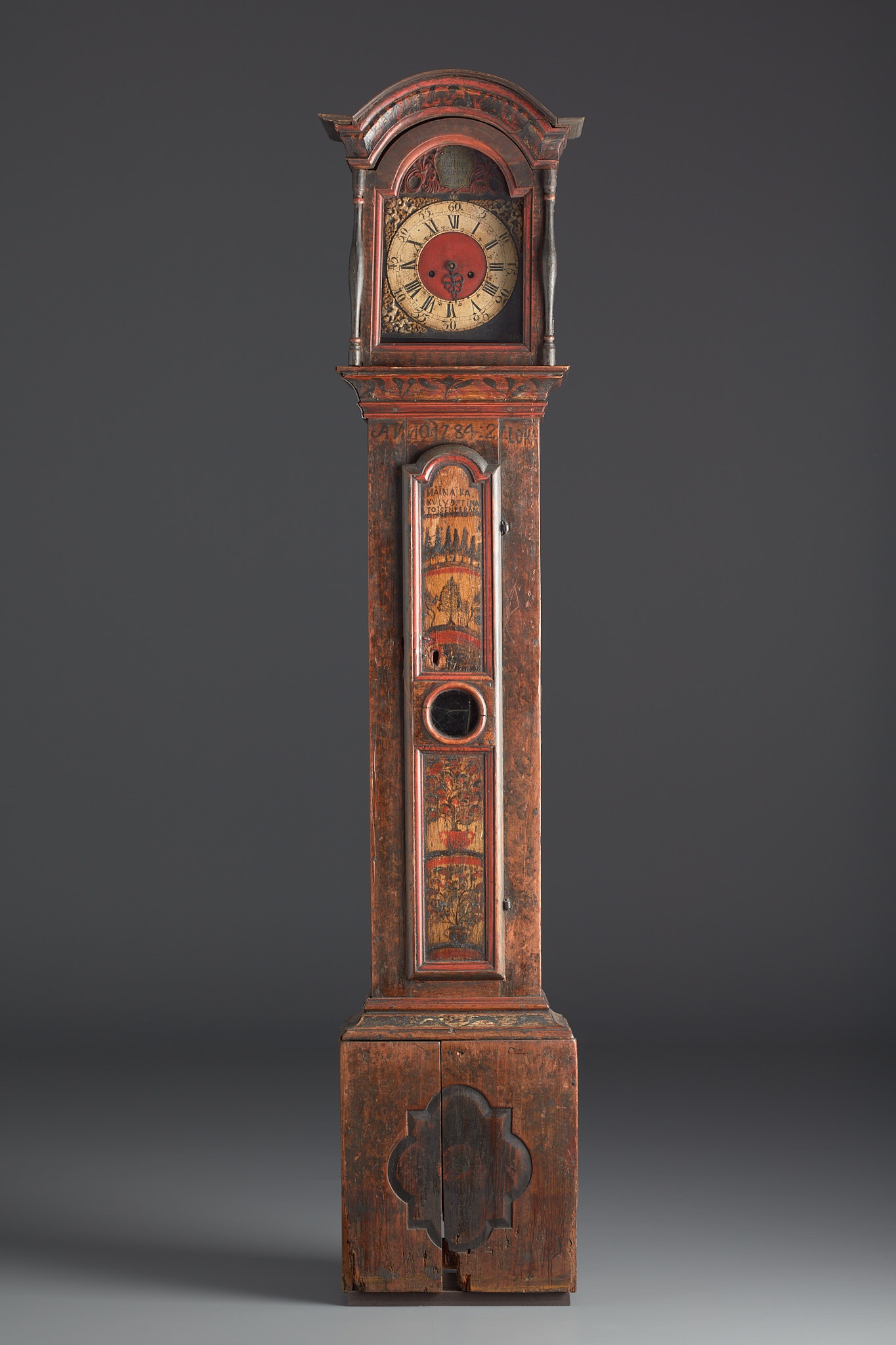
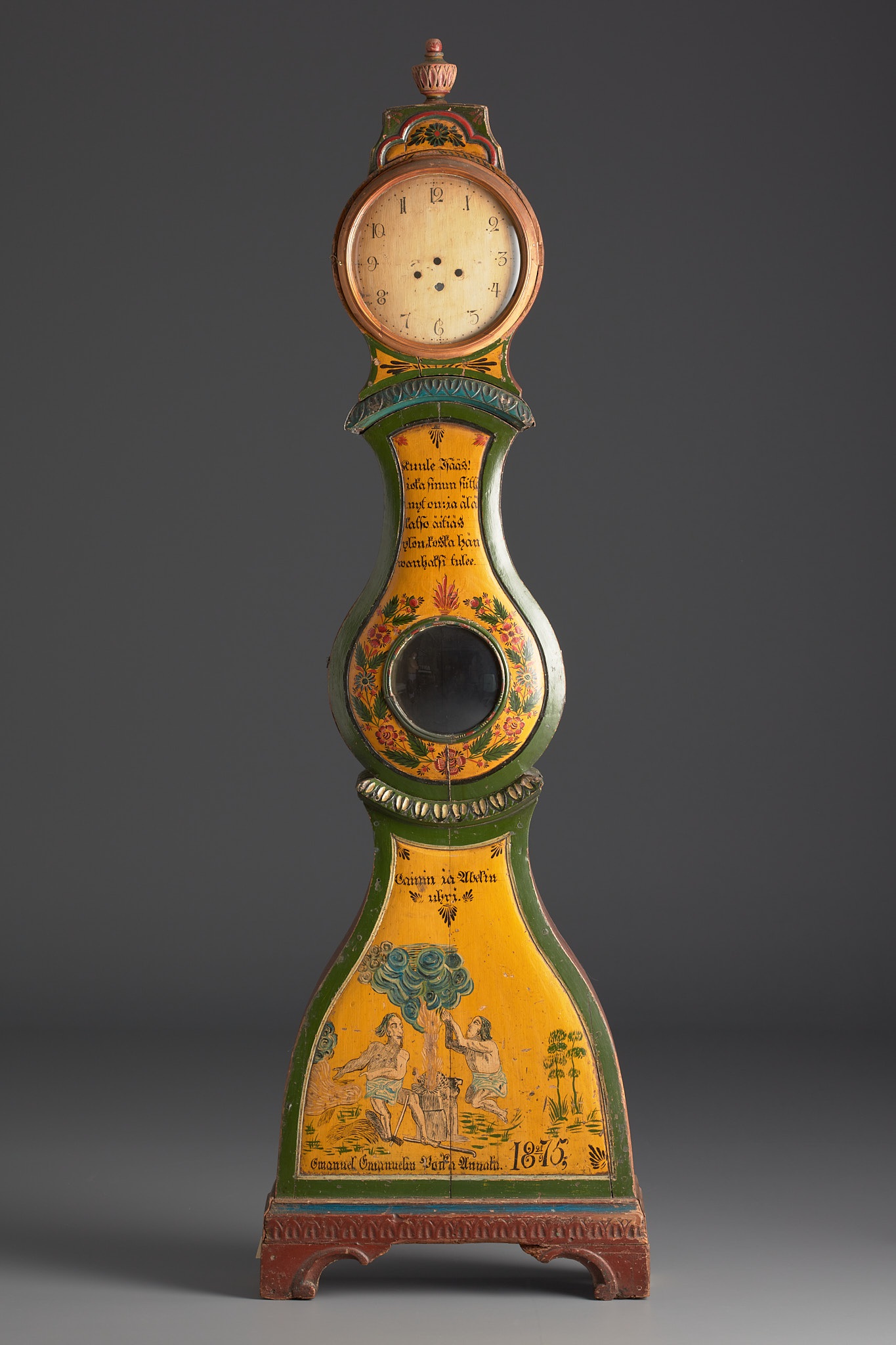
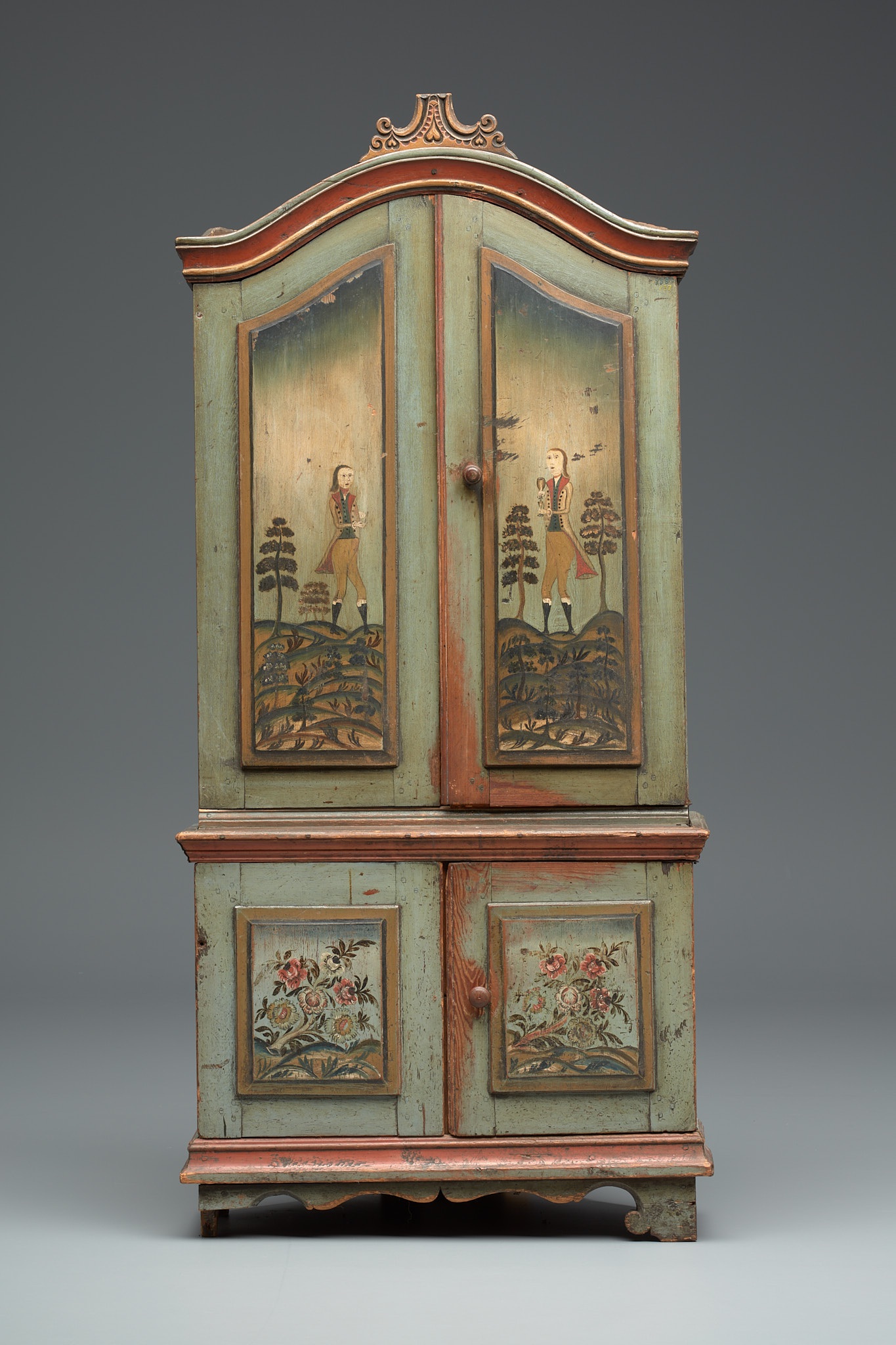
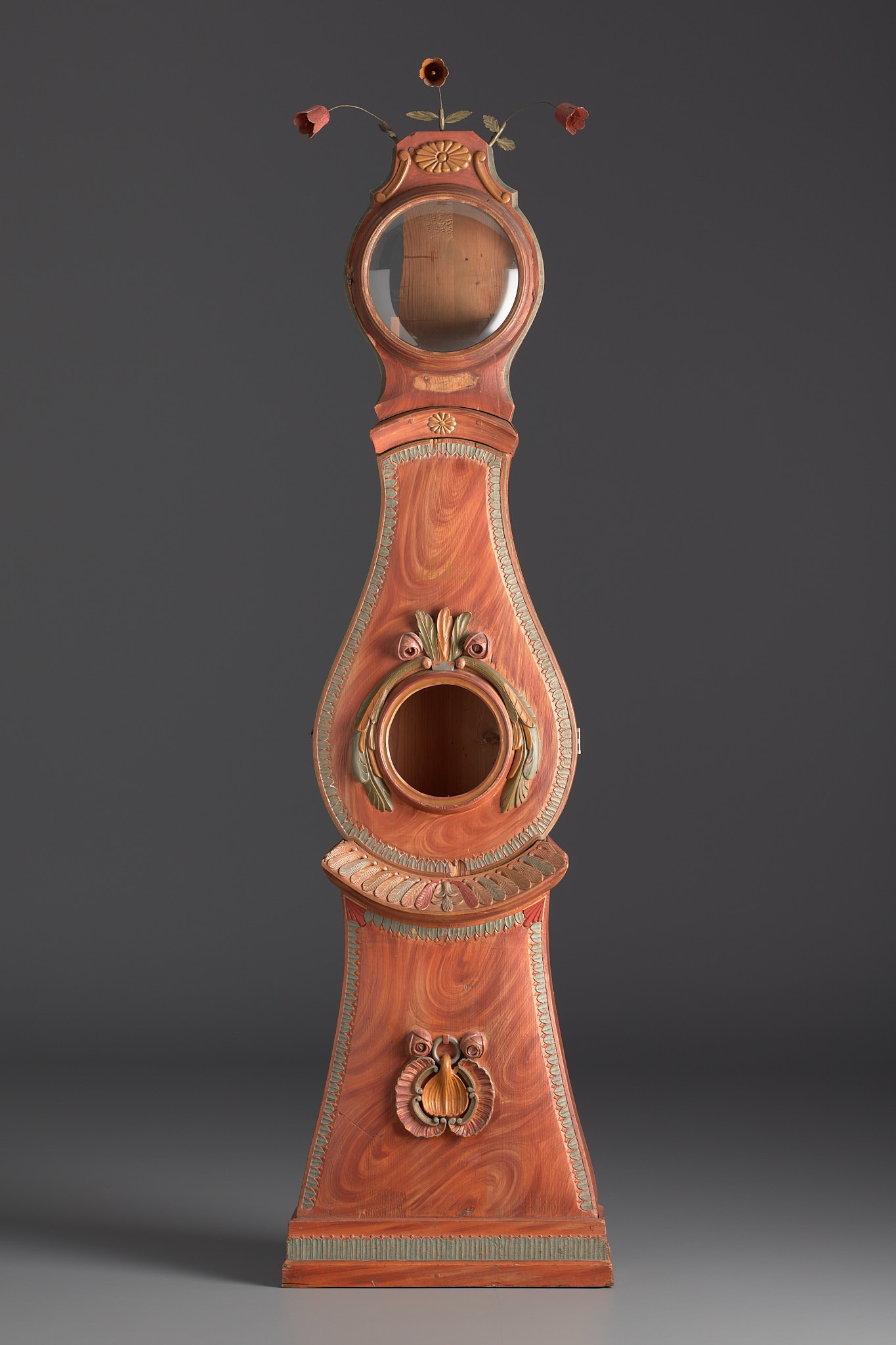
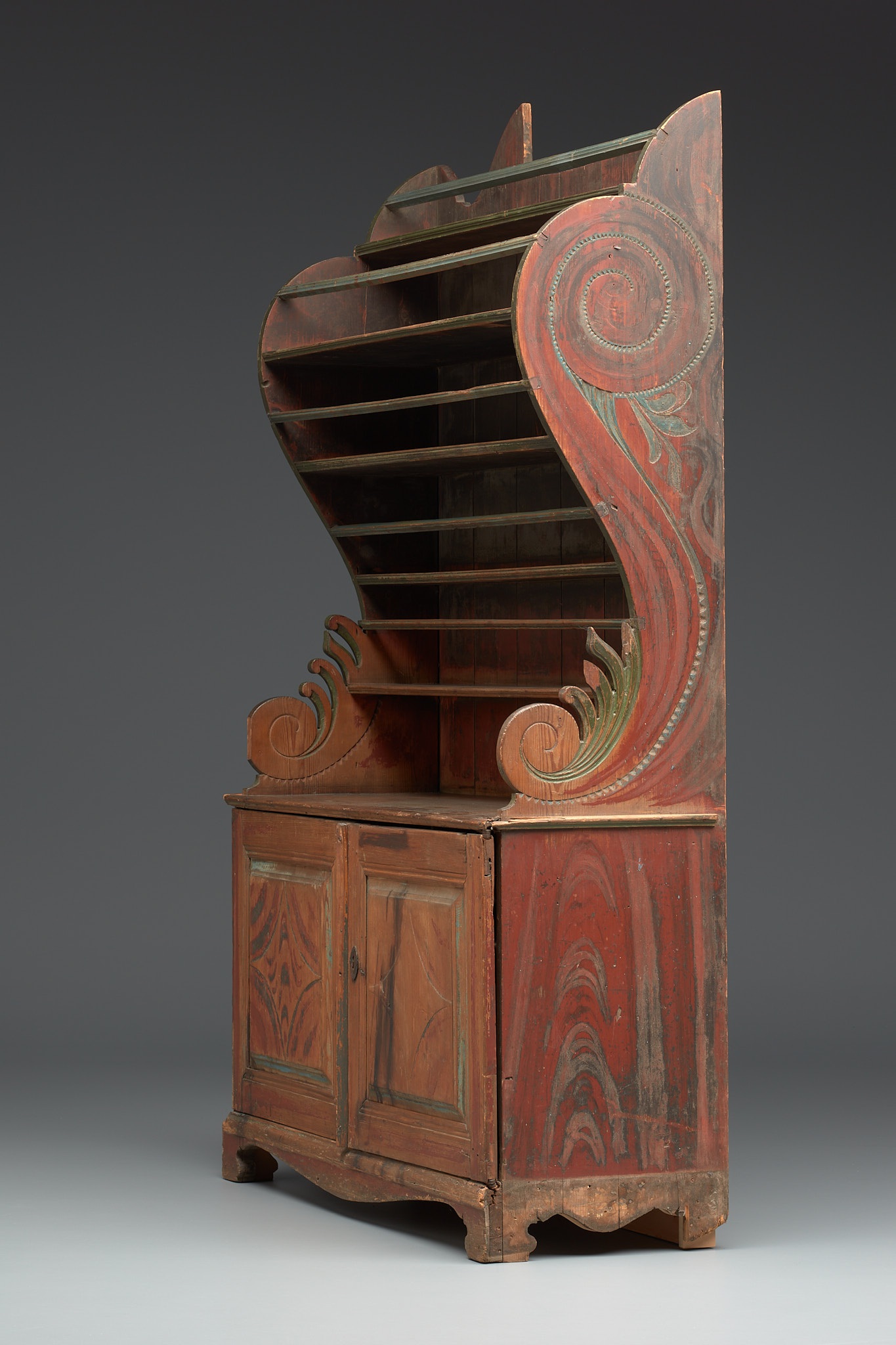
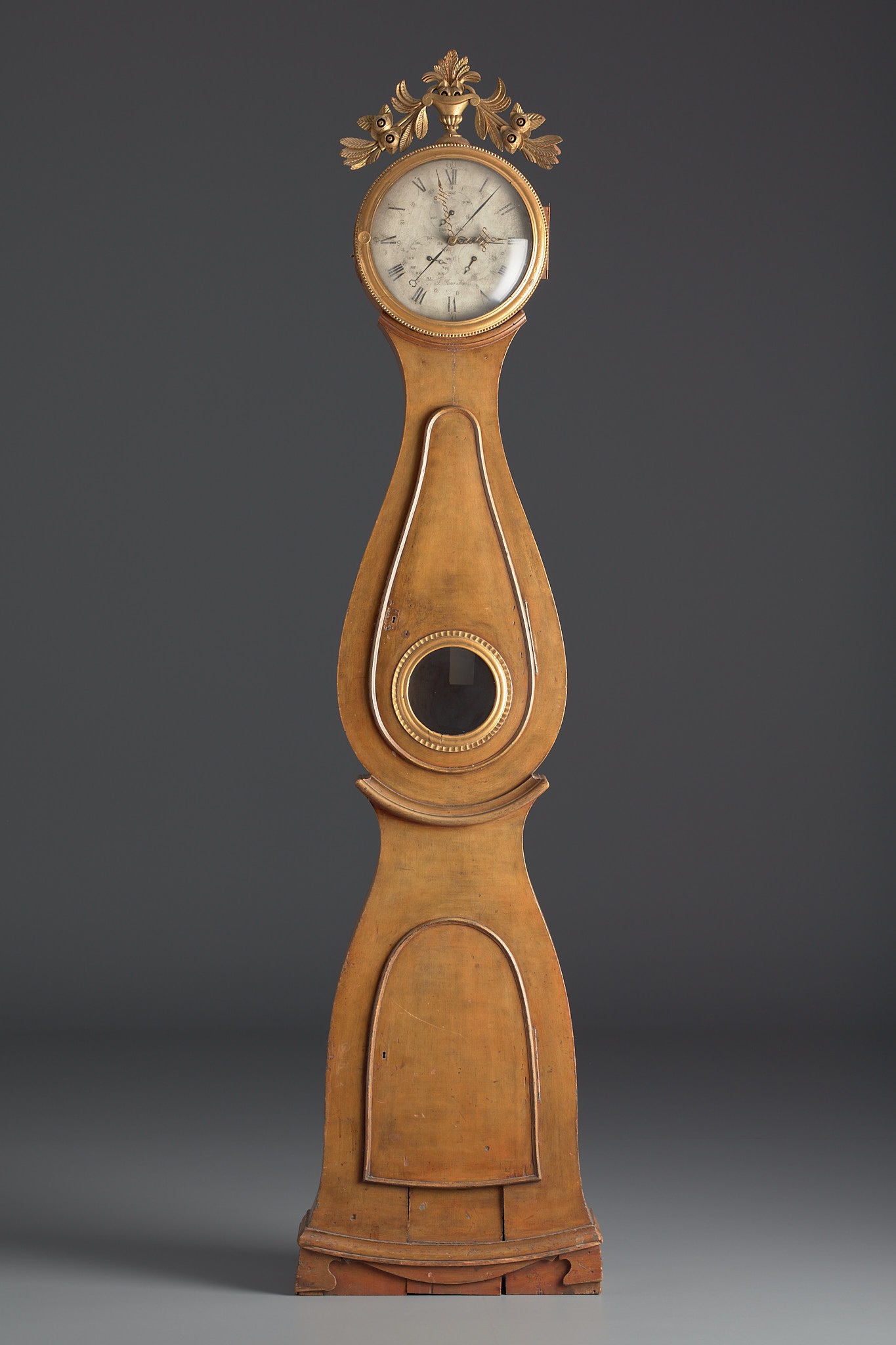
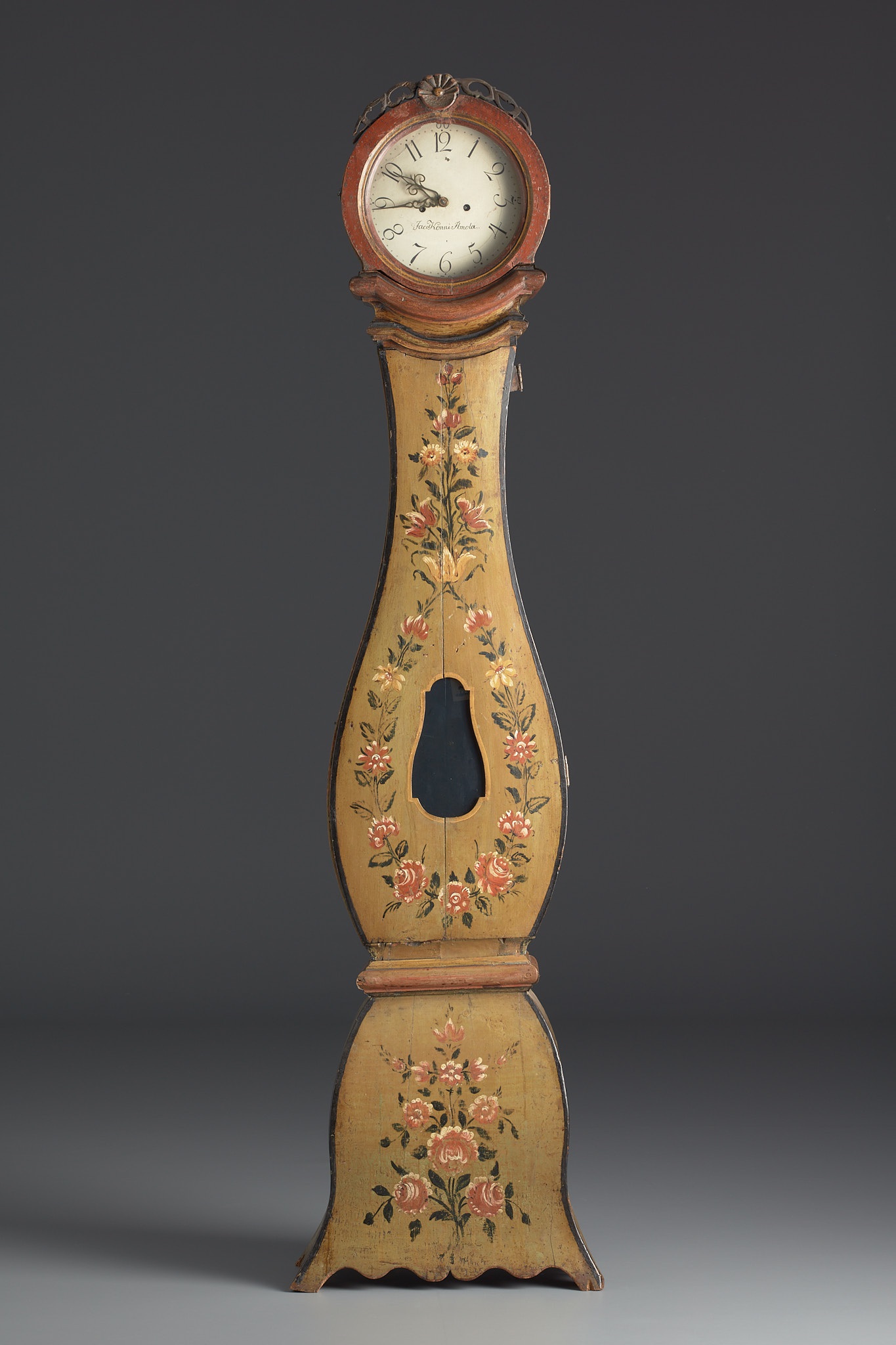
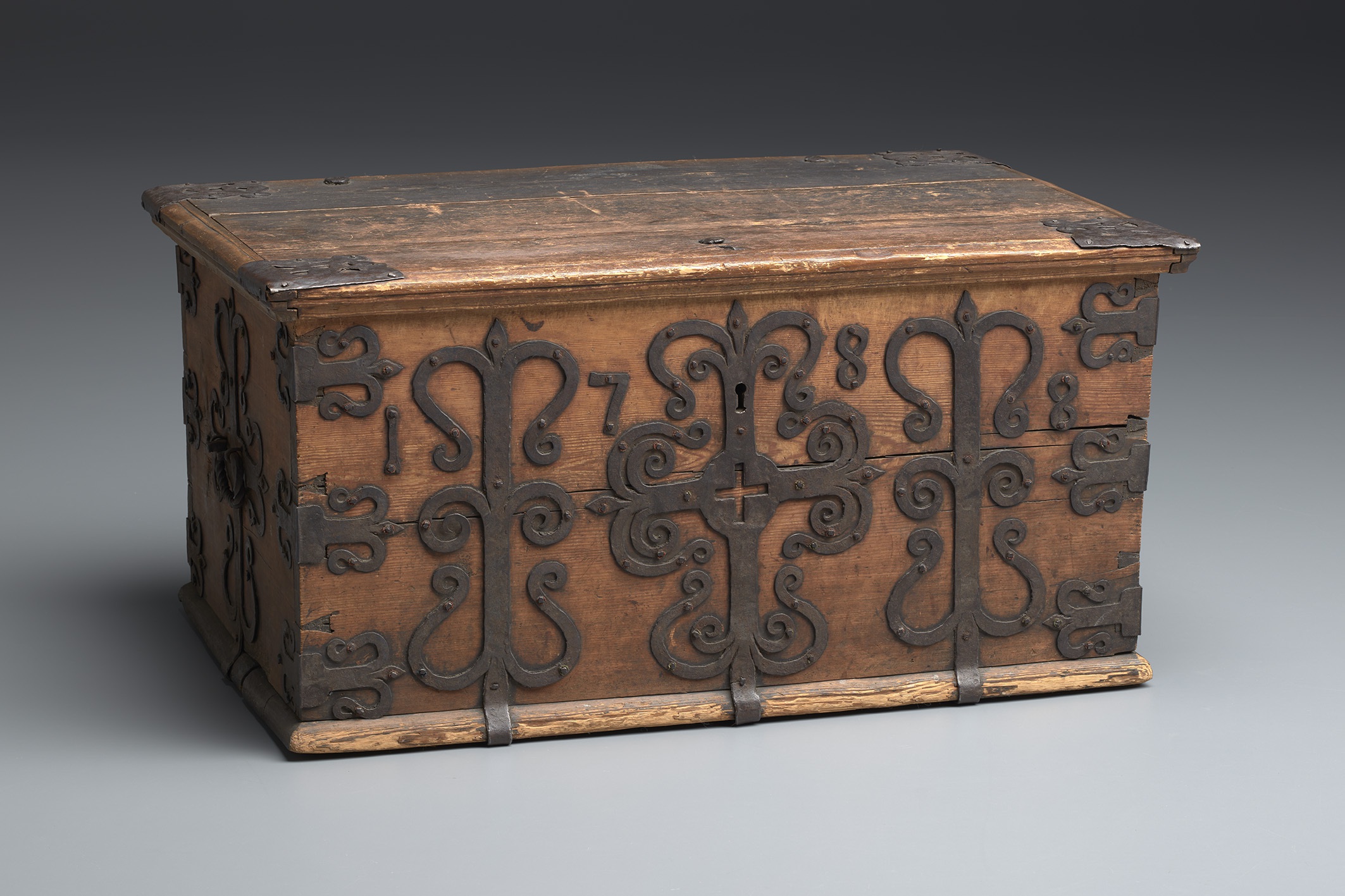
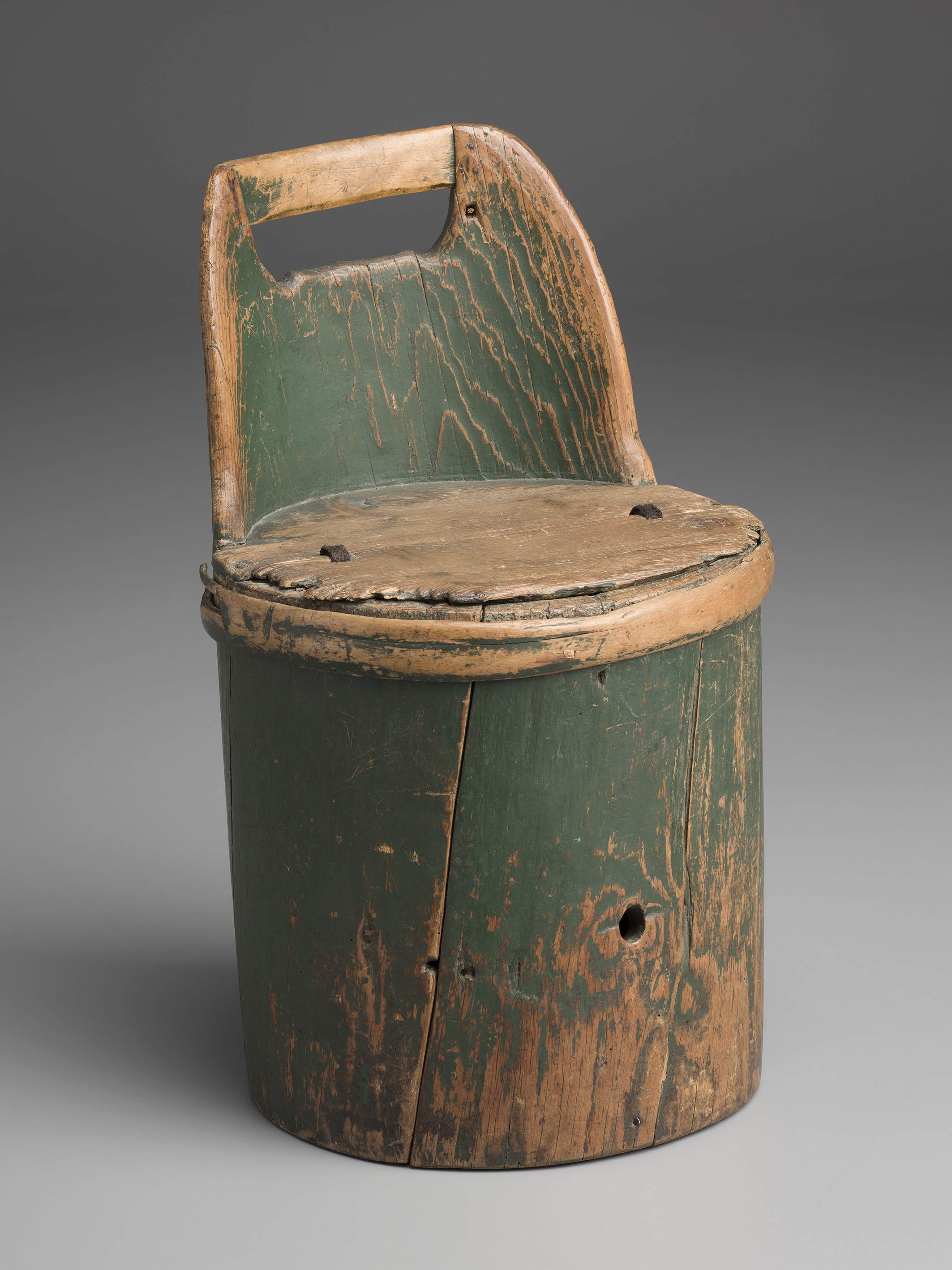
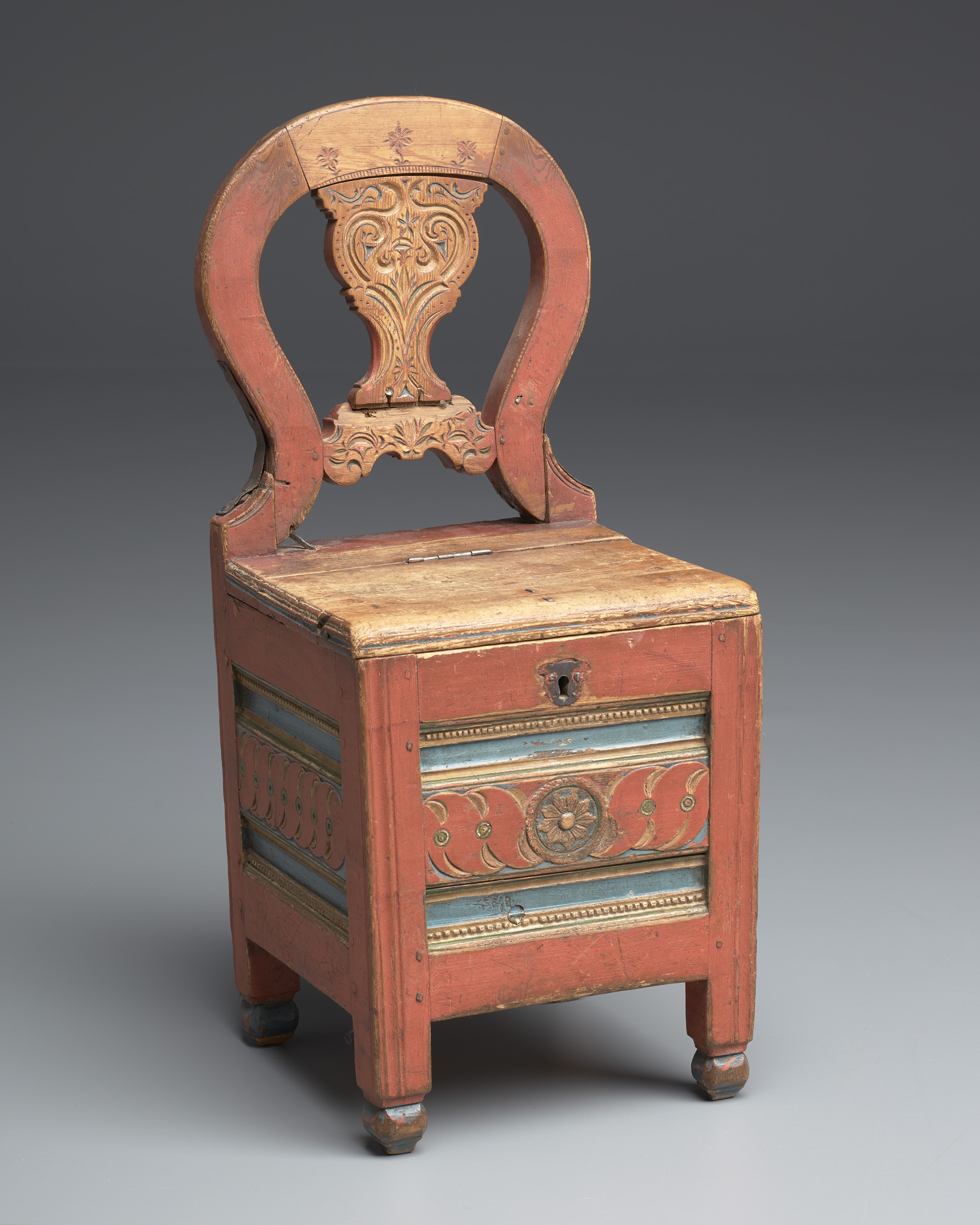
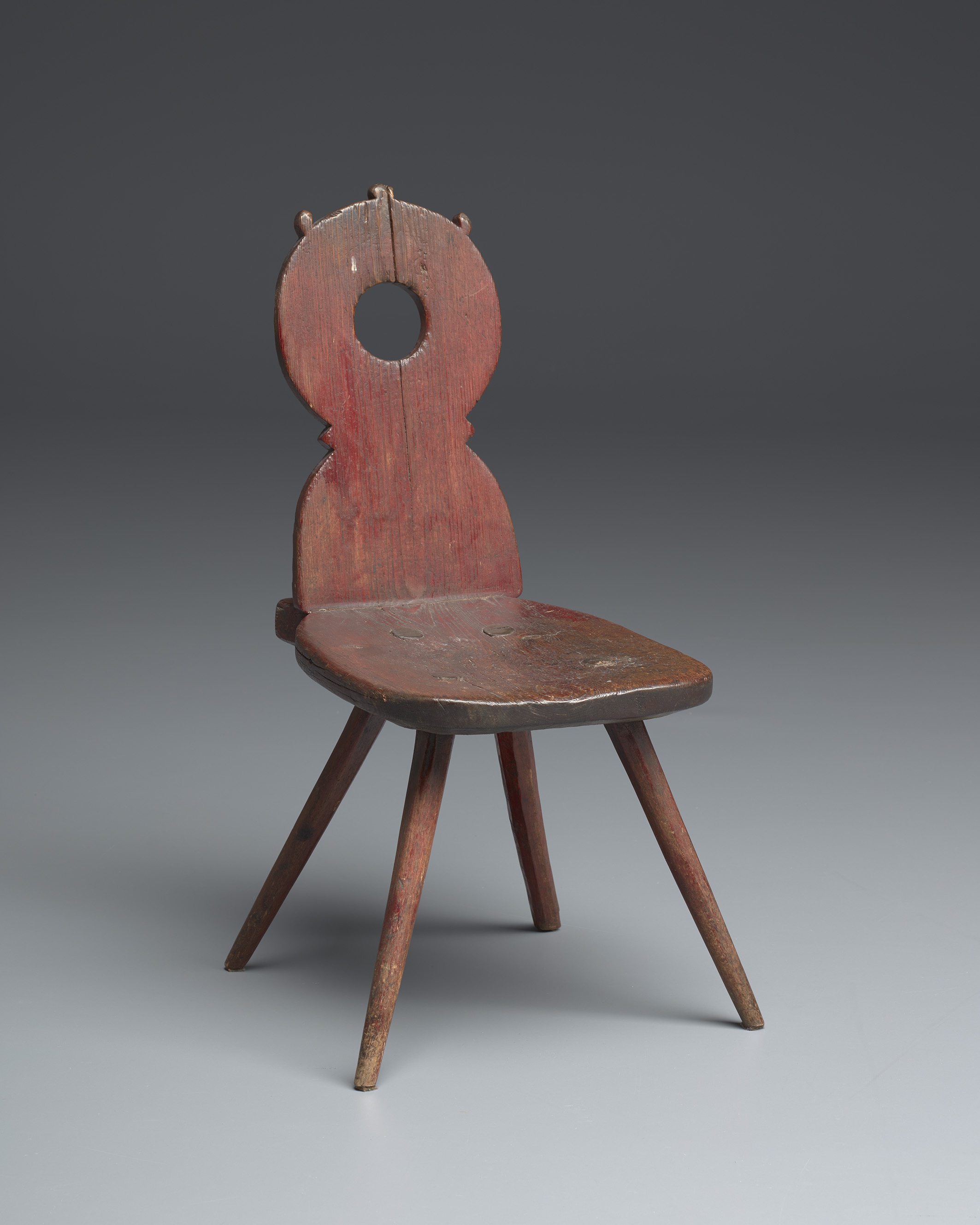
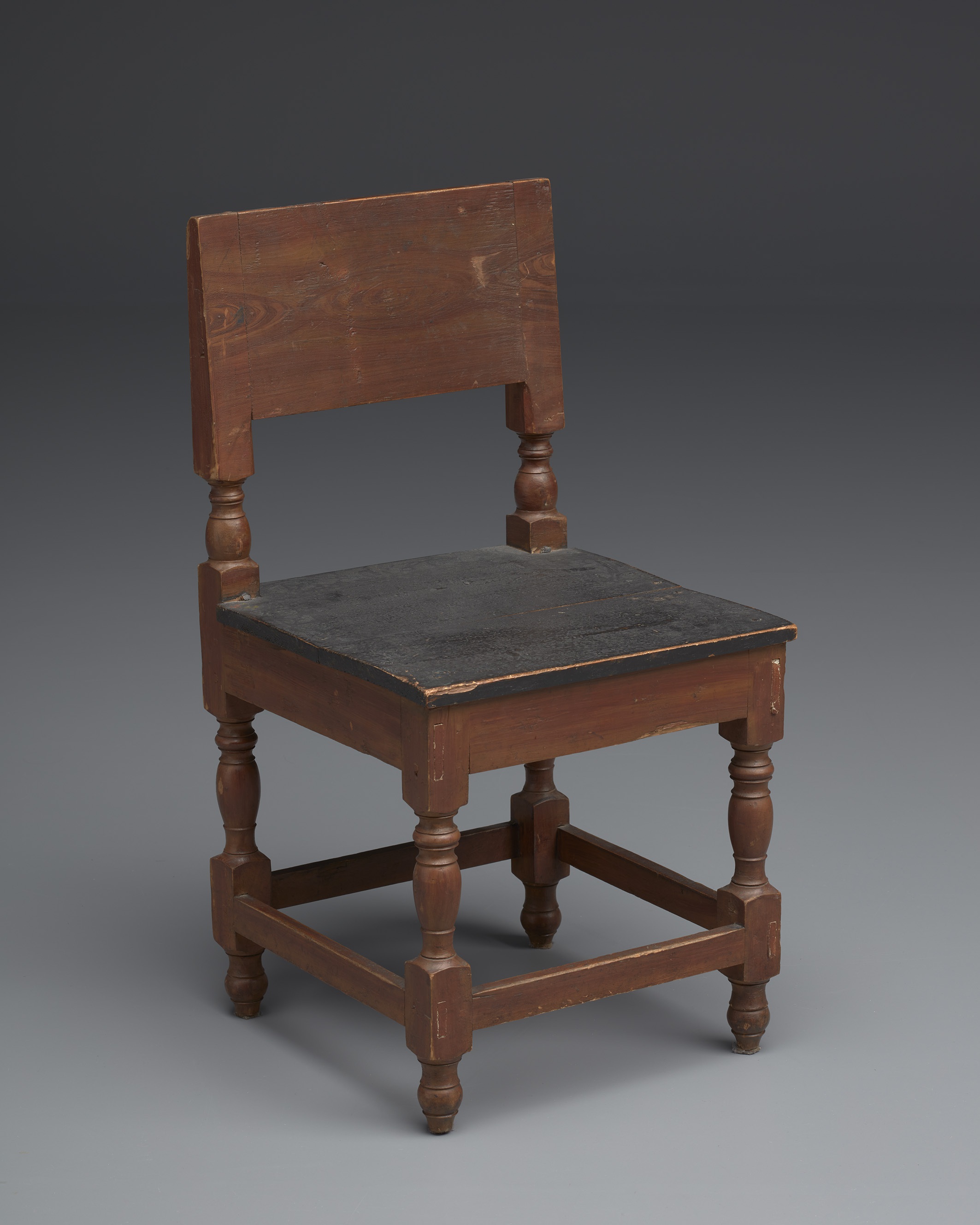

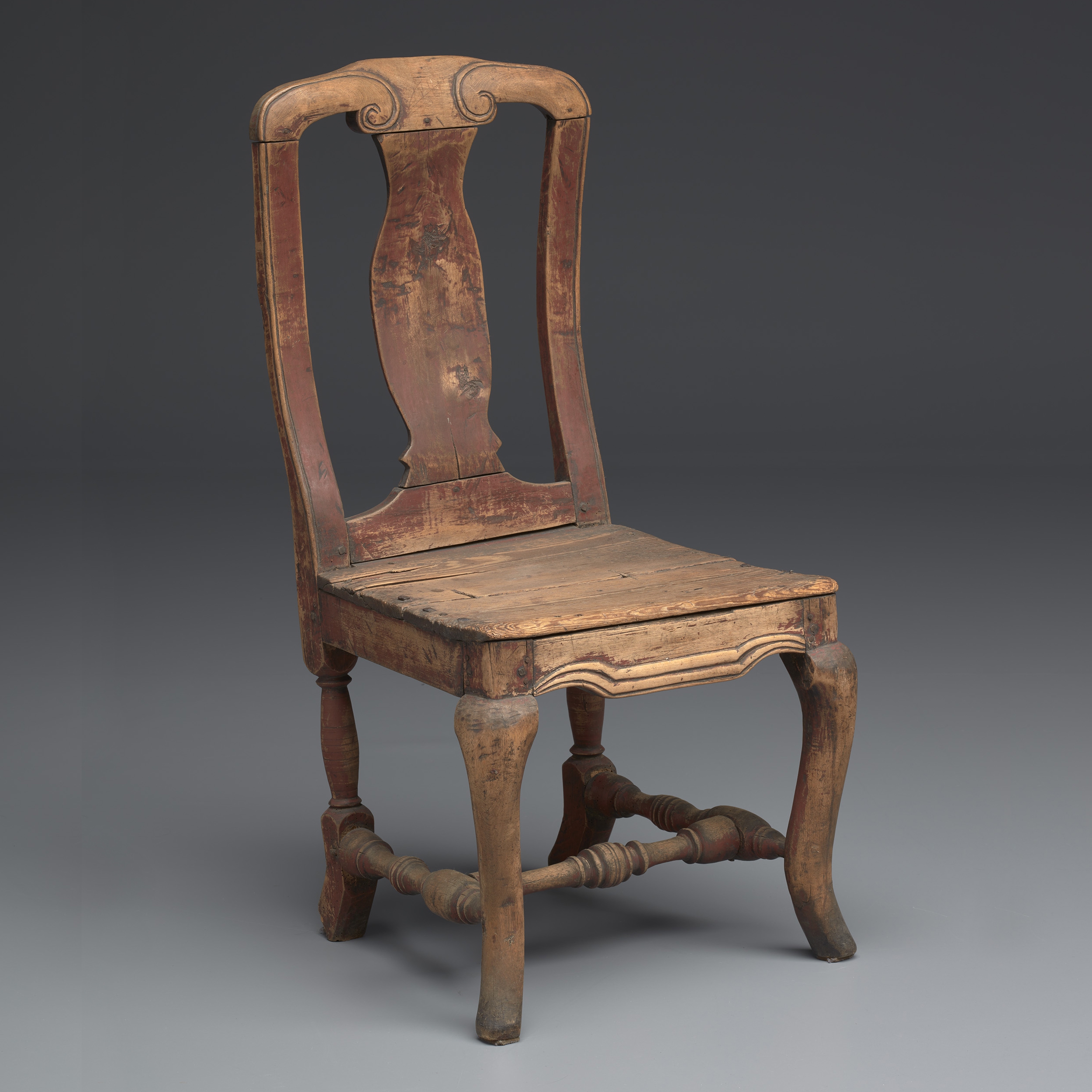
Select an image for more information
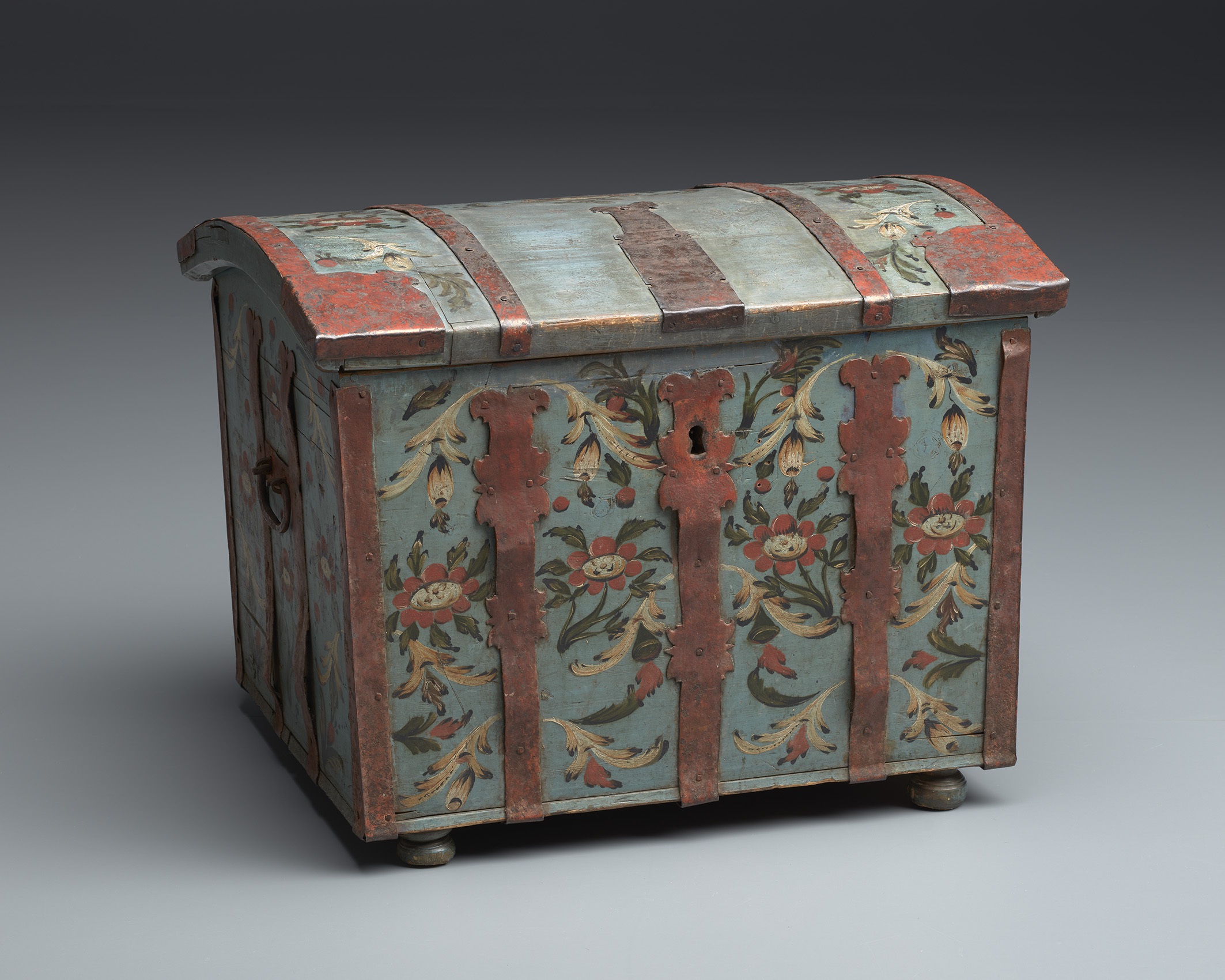
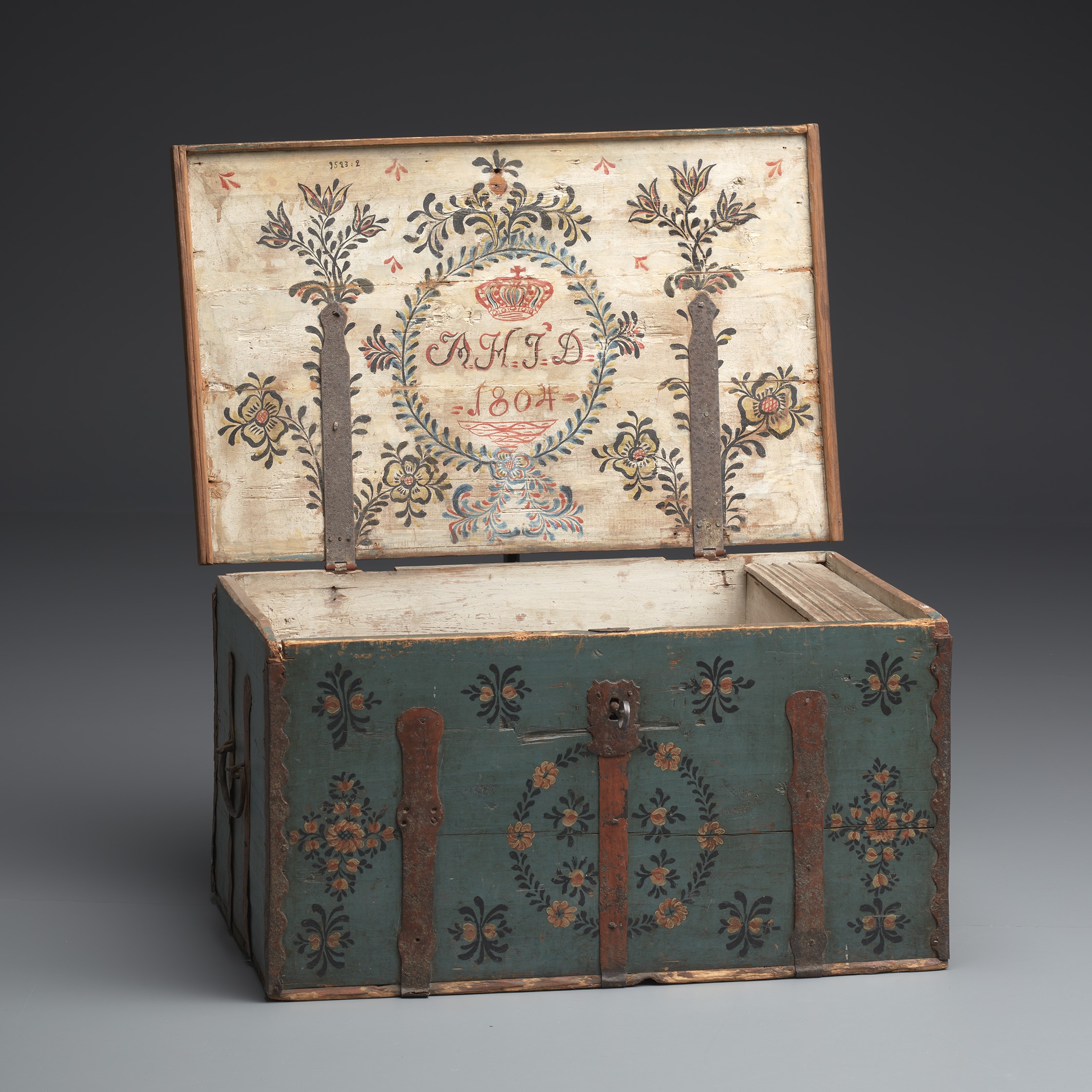
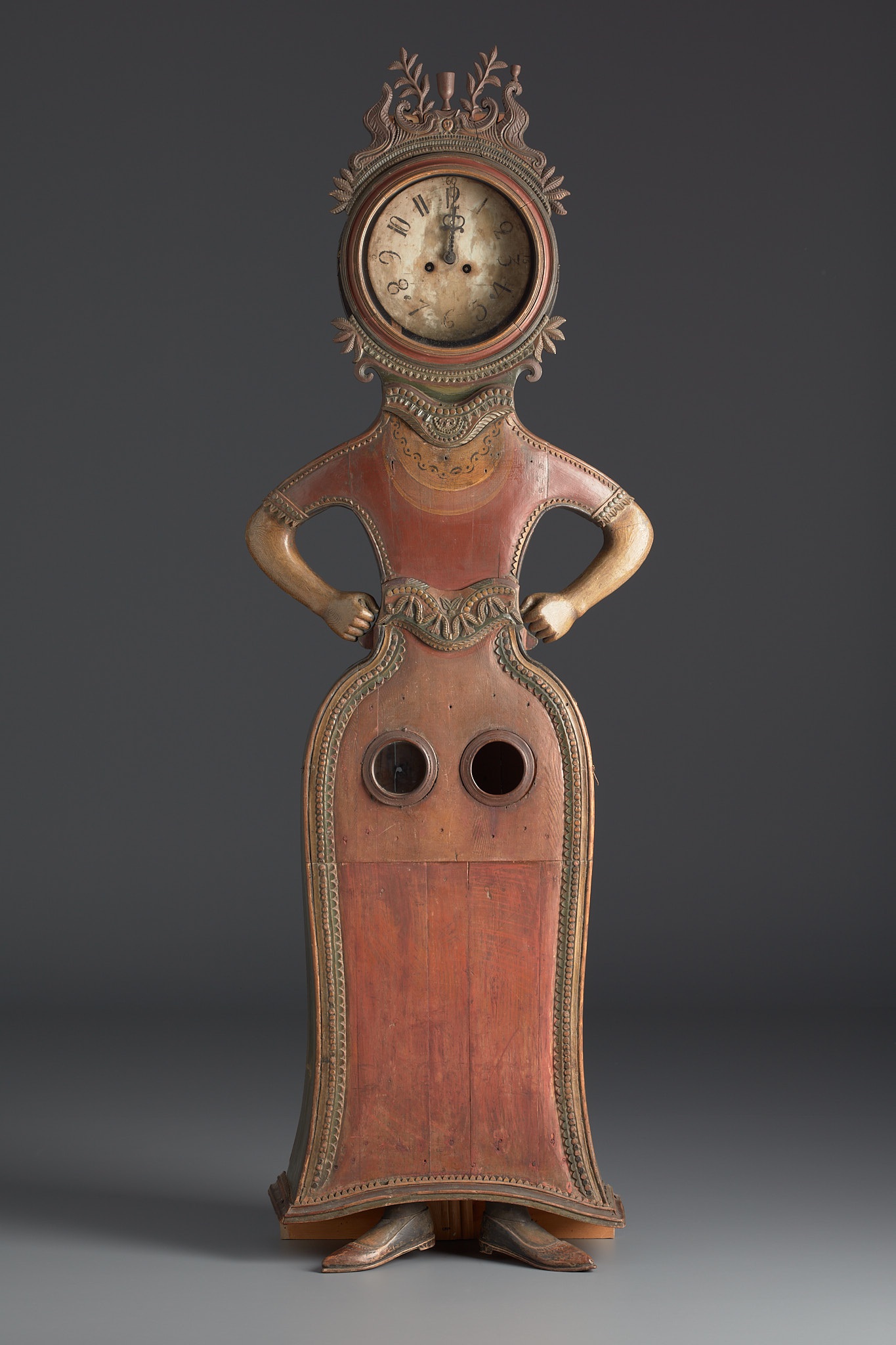
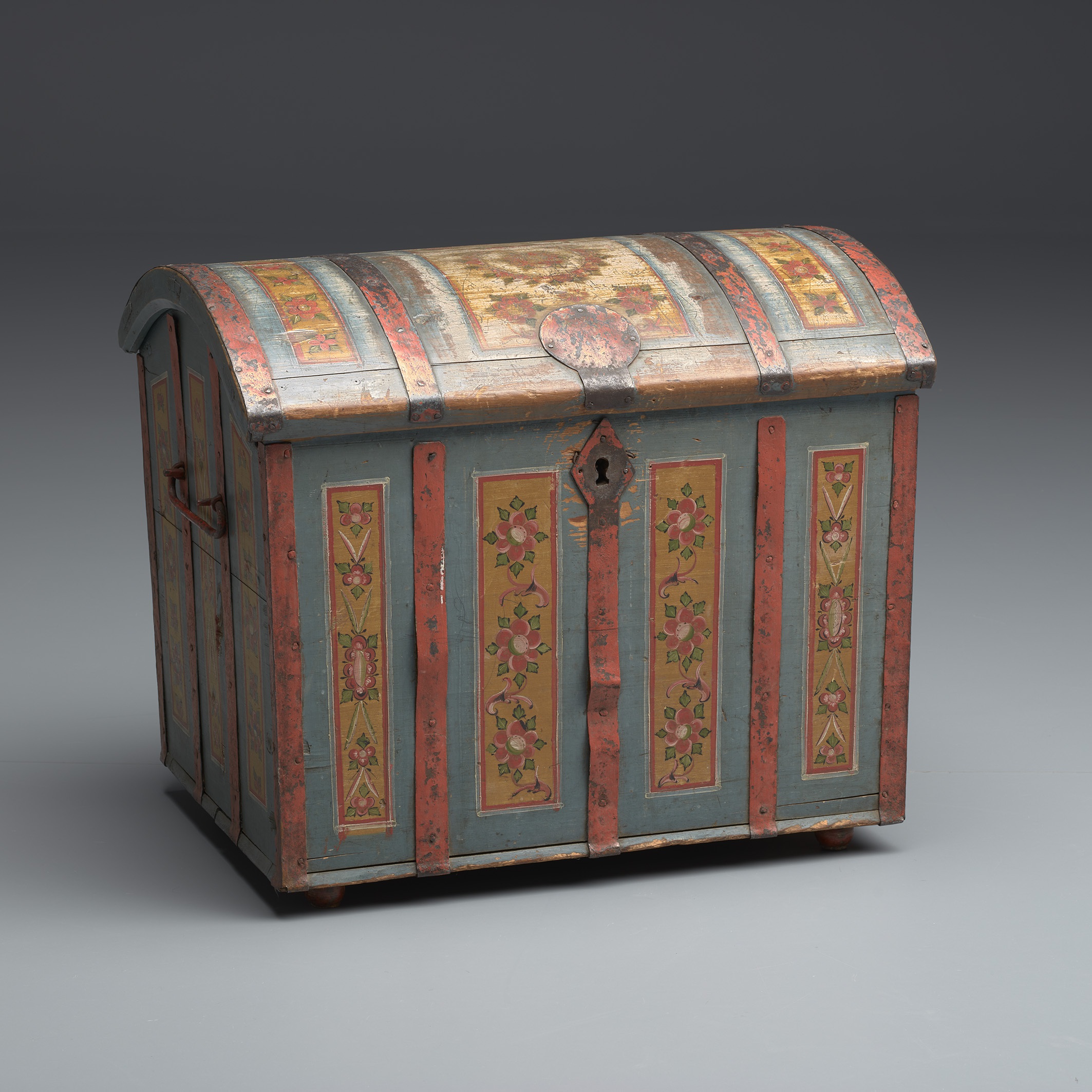
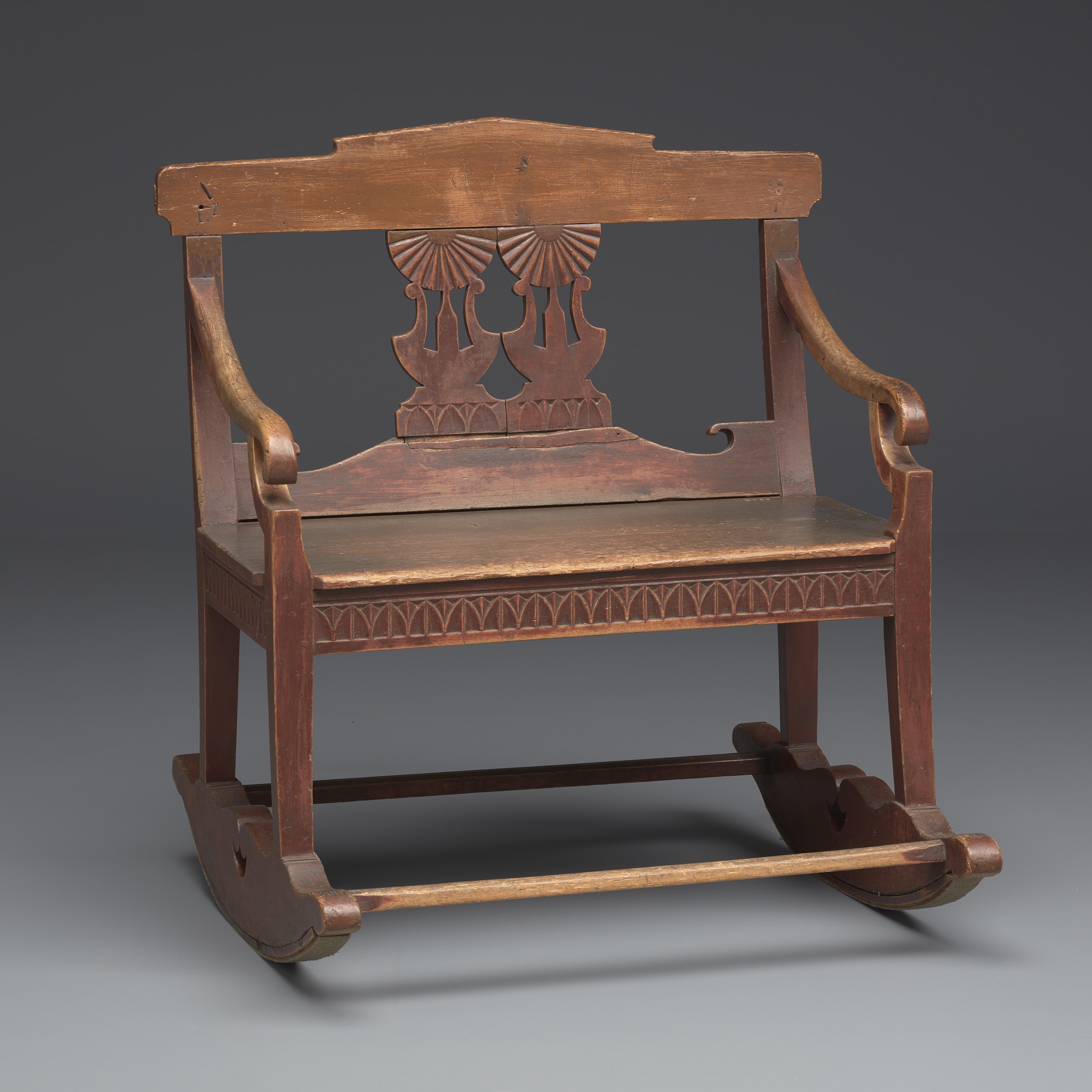
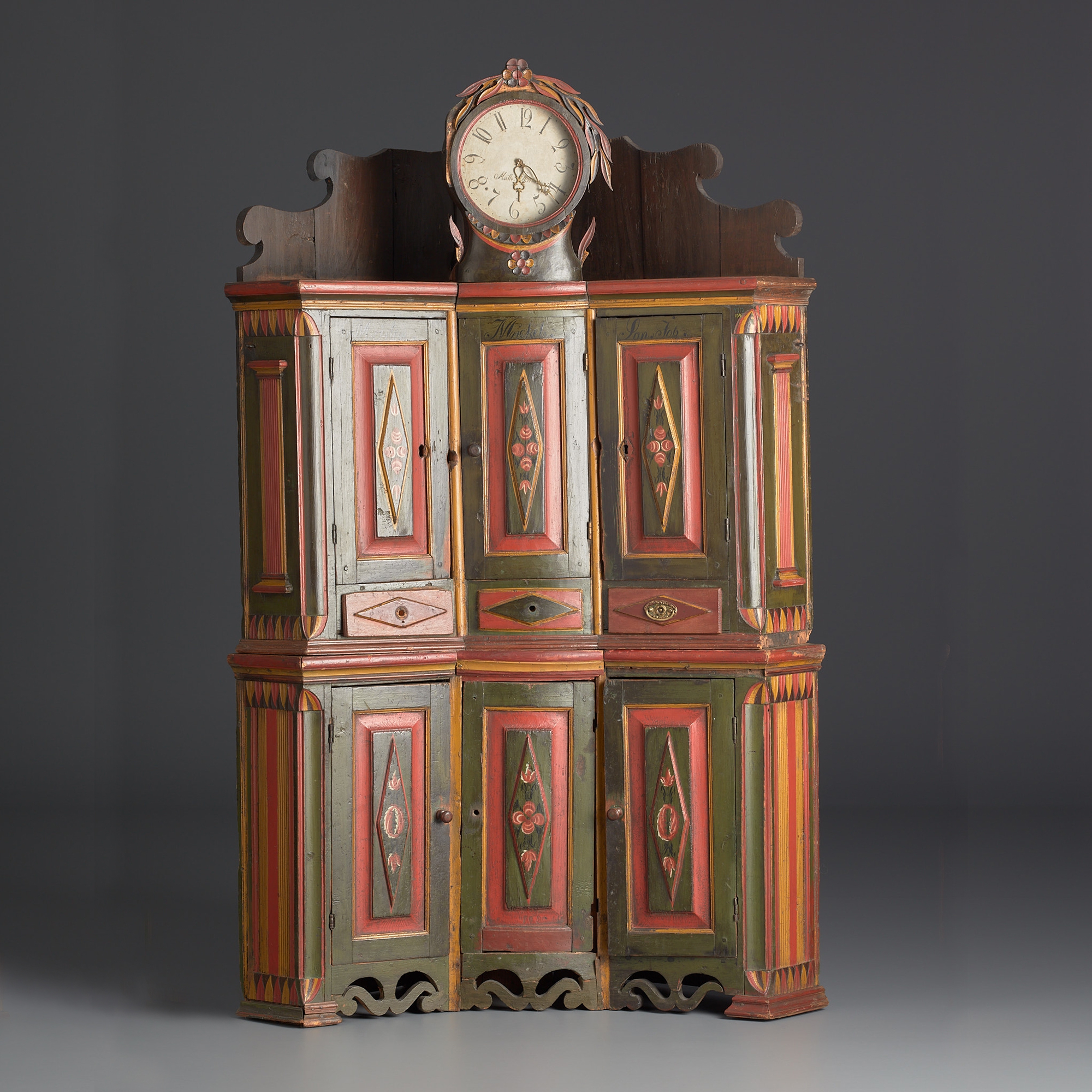
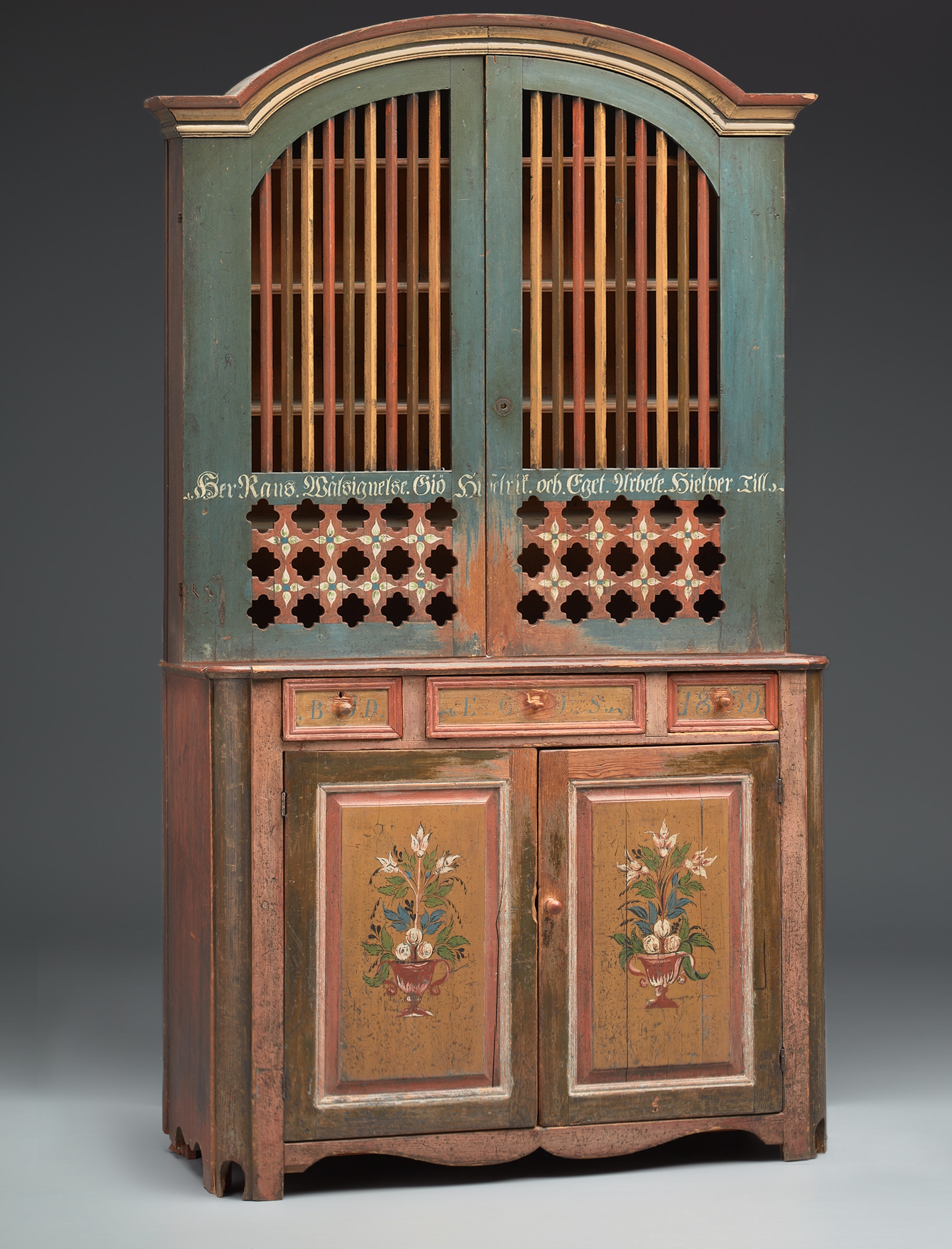
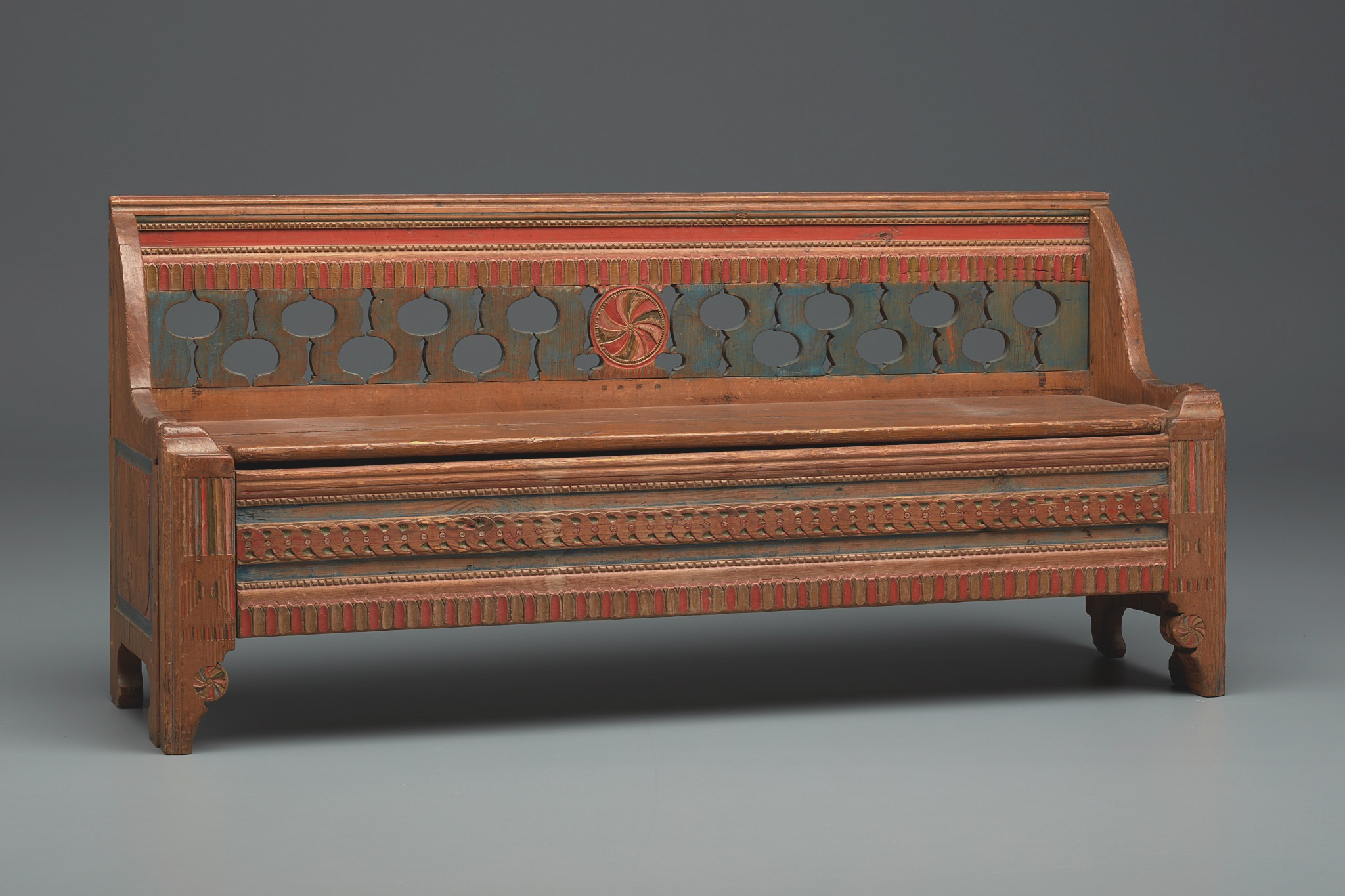

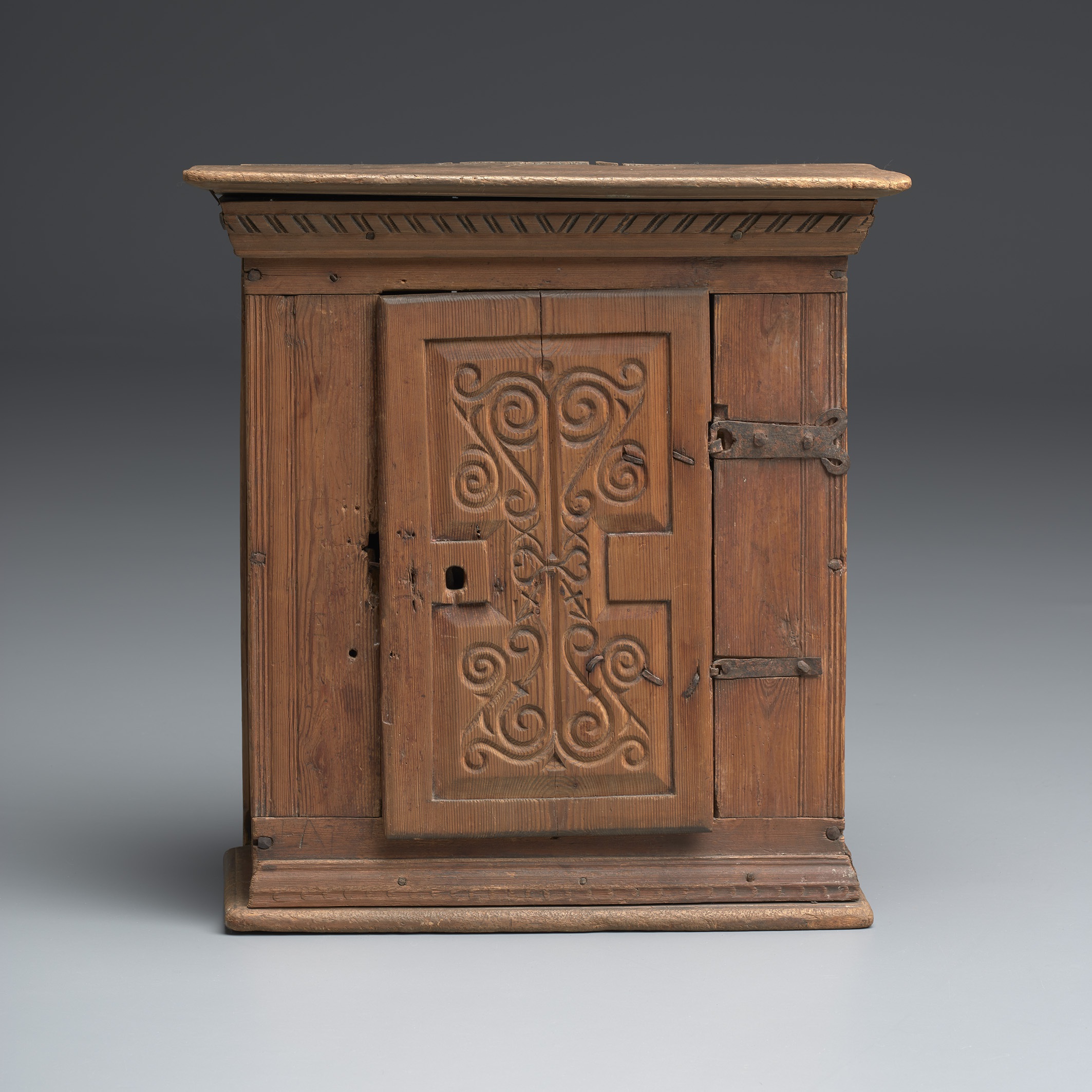
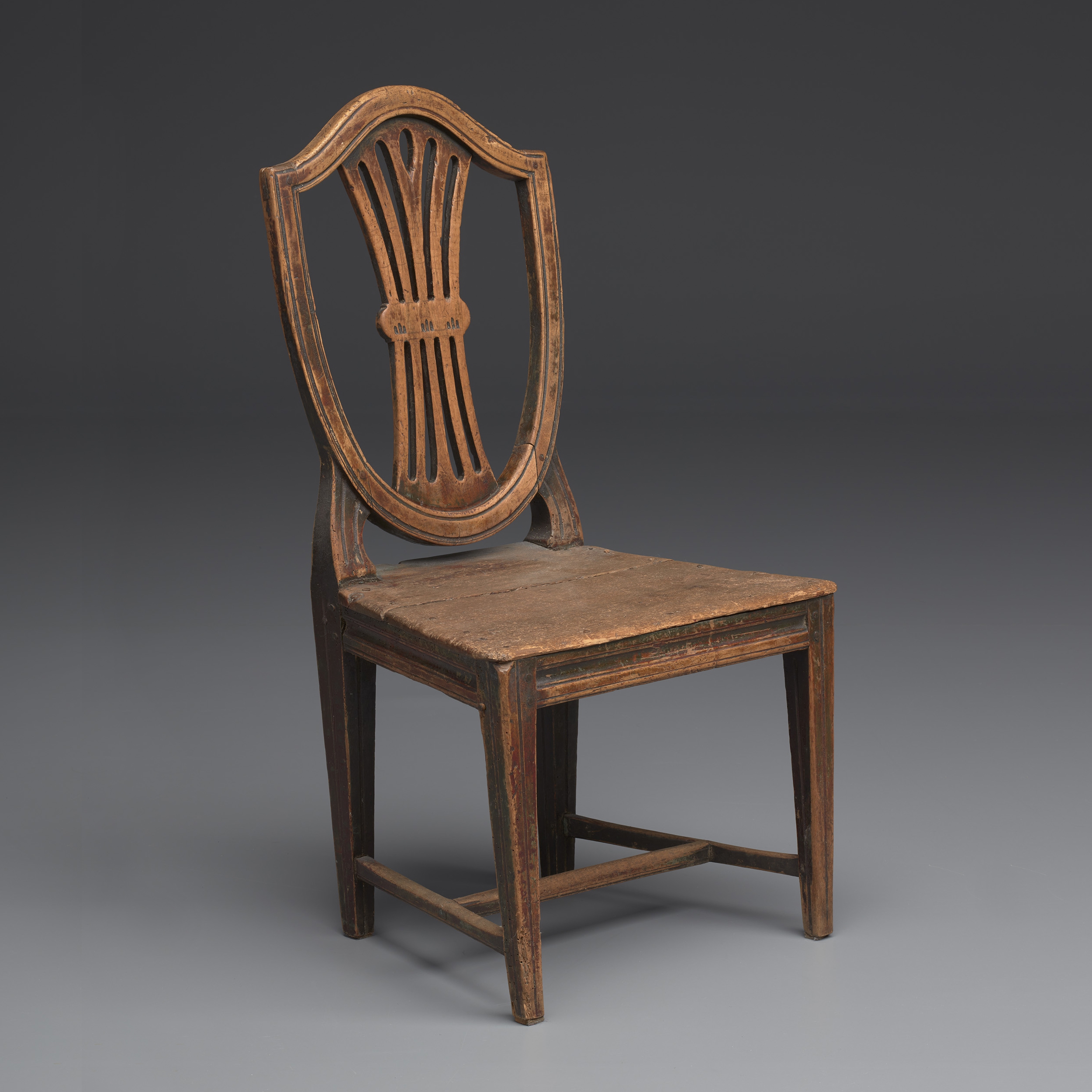
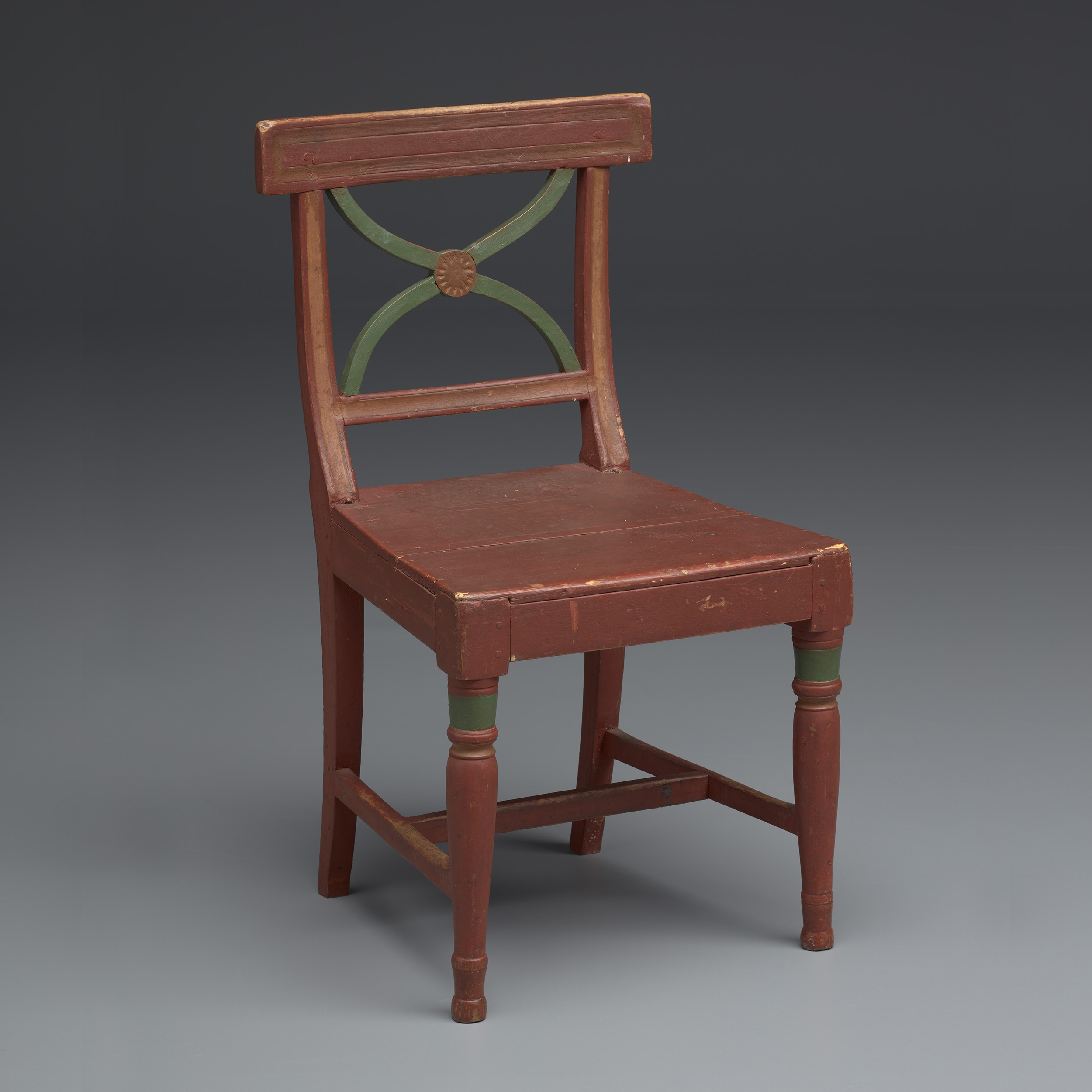
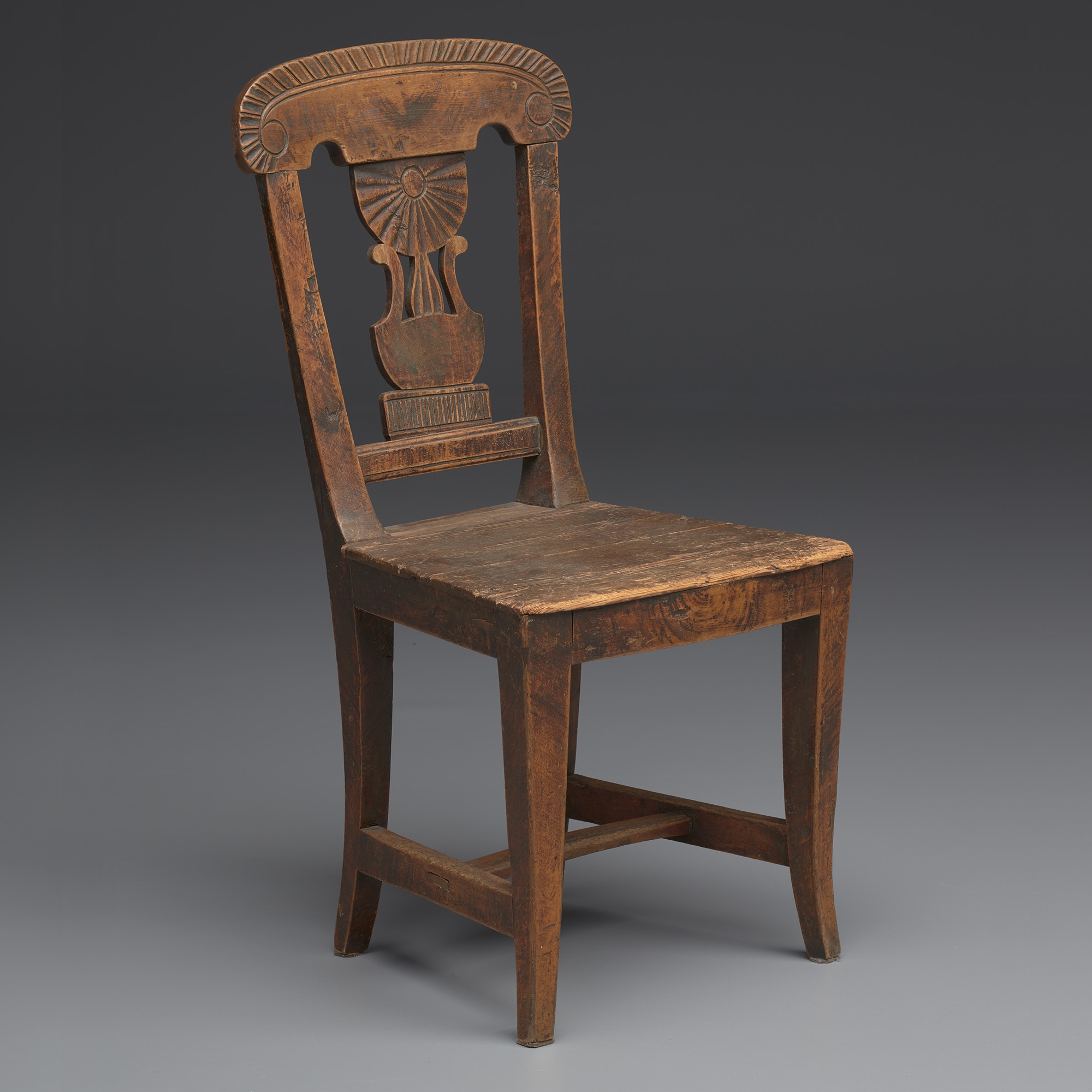
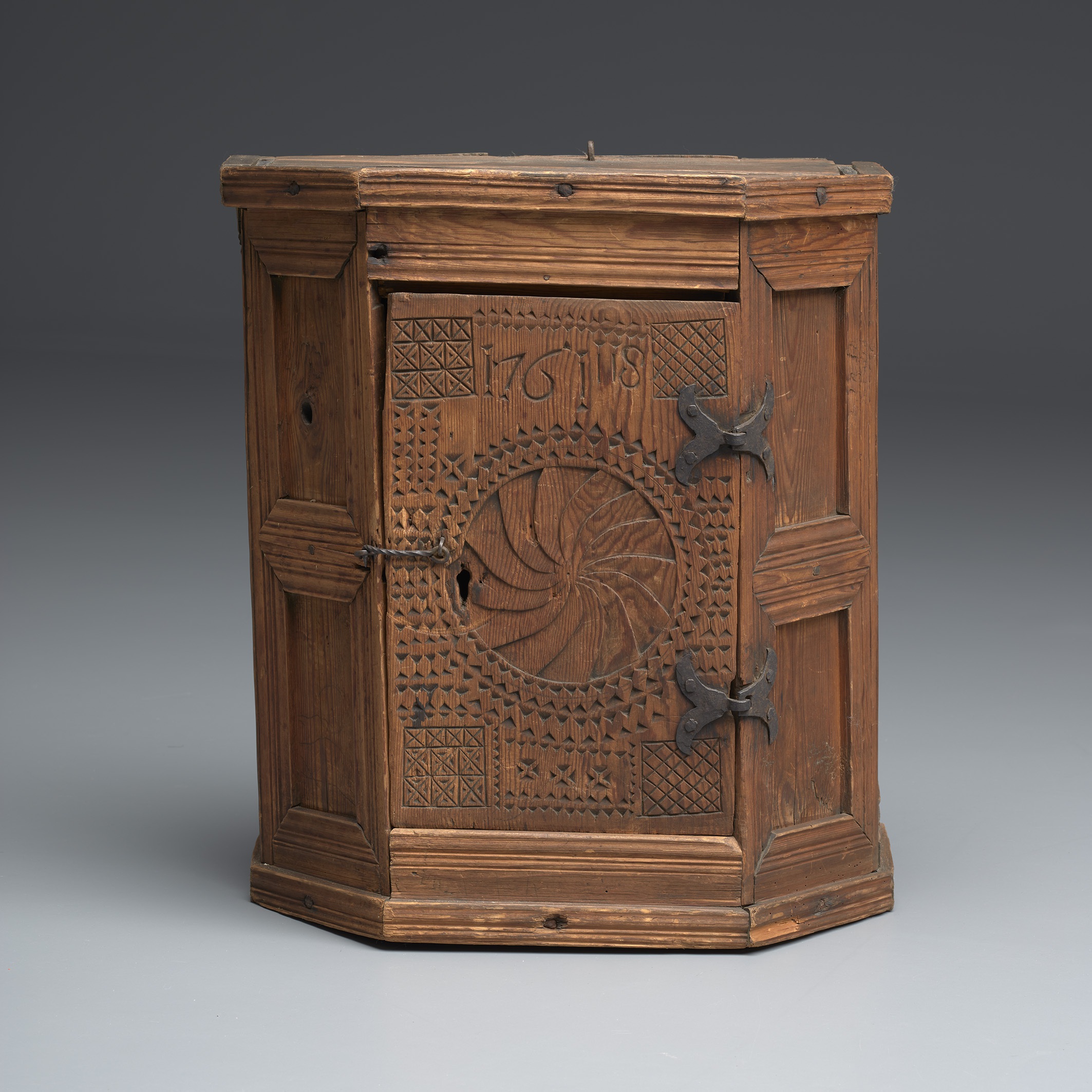
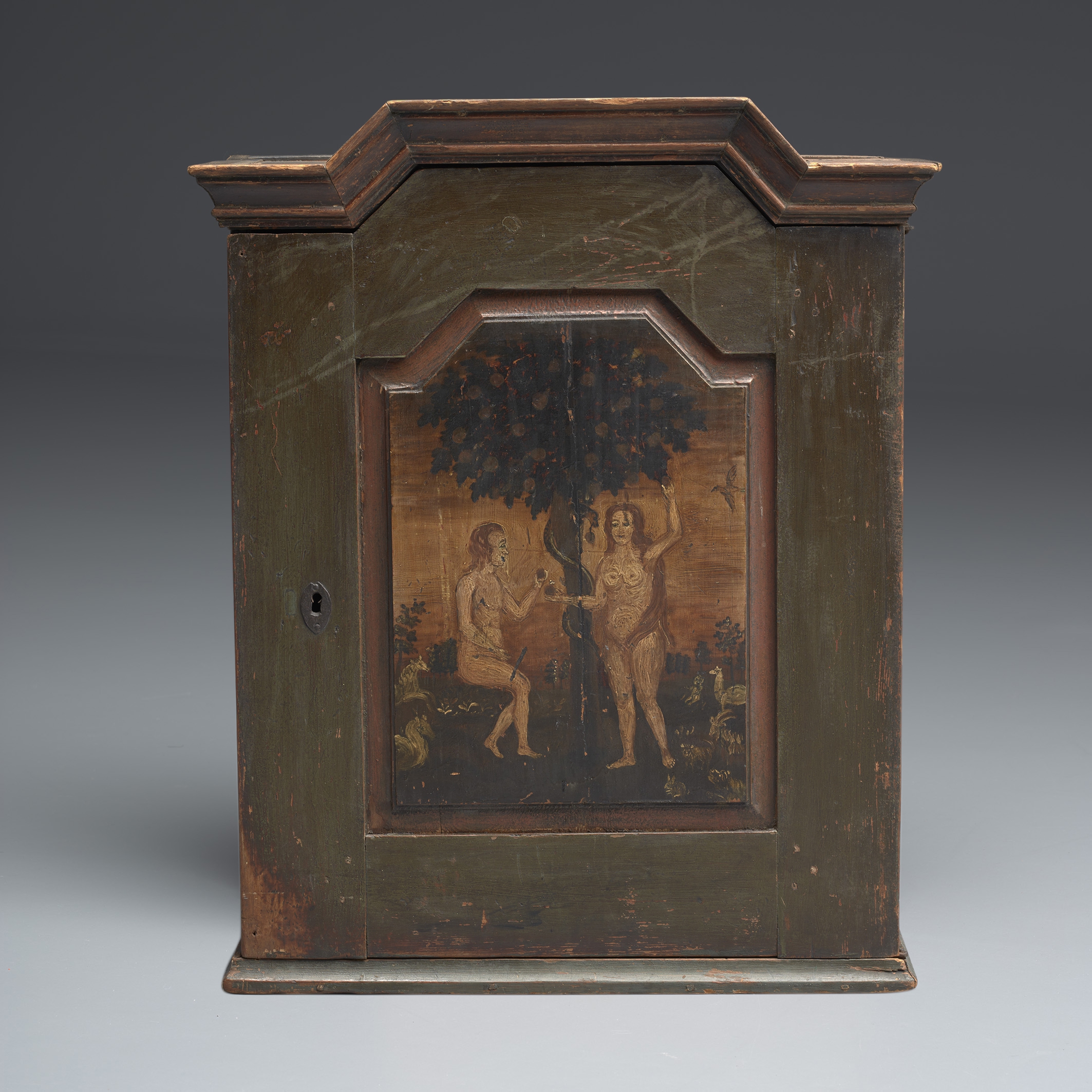
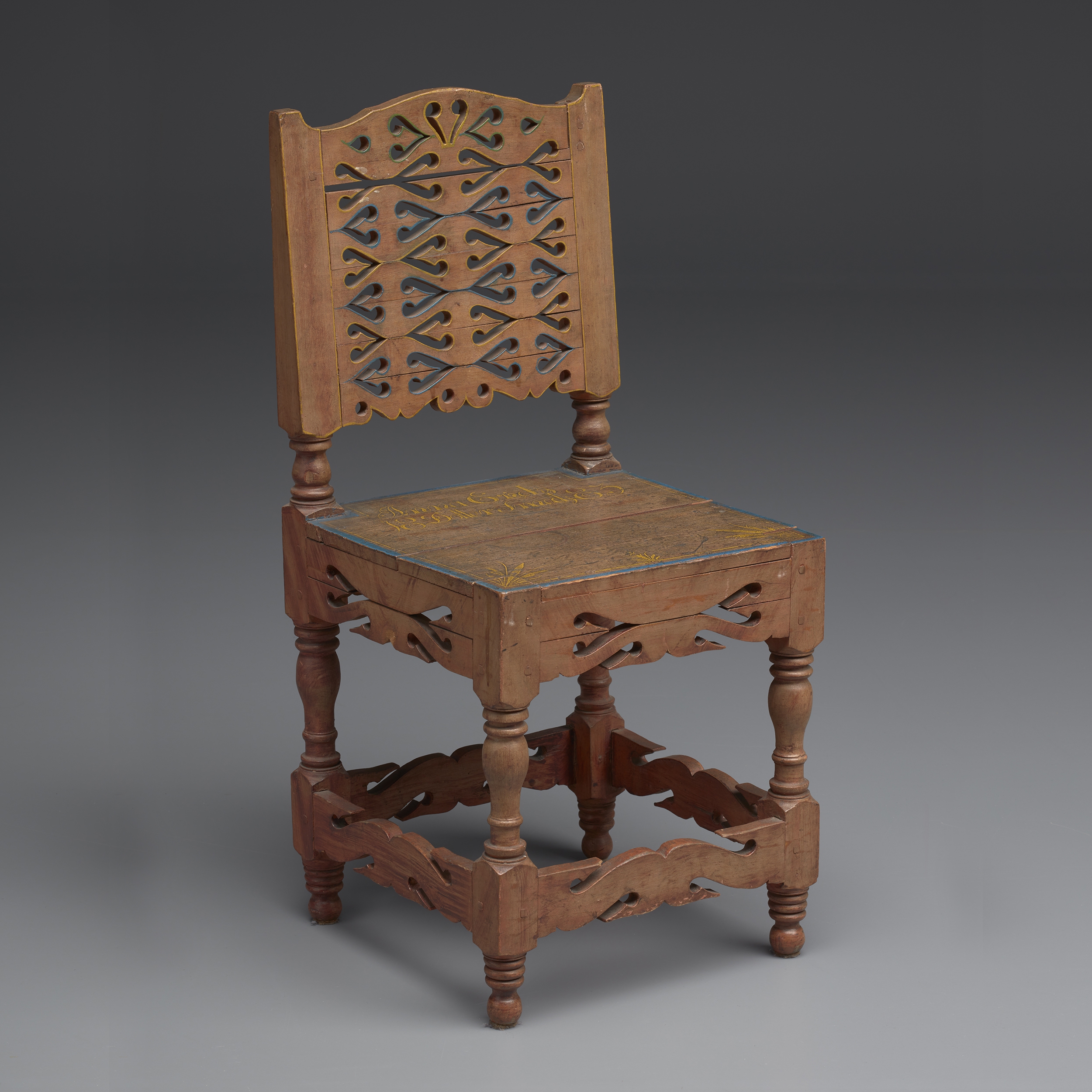
For more information about furniture in the ethnological collections:
U. T. Sirelius, Suomen kansanomaista kulttuuria. Esineellisen kansatieteen tuloksia II. s. 303 – 335. Otava, Helsinki 1921.
Jorma Heinonen, Suomalaisia kansanhuonekaluja, Old Finnish Furniture. Helsinki 1969.
Toivo Vuorela, Suomalainen kansankulttuuri, s. 332-358. Porvoo 1975.
Other related literature:
Marko Kasto, Mestareita ja oppipoikia: Pohjanmaalla toimineet käsityöläismaalarit. Vaasa 2001.
Raul Pohjonen, De österbottniska allmogemålarna 1750-1900: en matrikel över dekorationsmålarna i Österbotten. Pohjanmaan talonpoikaismaalarit 1750-1900: matrikkeli Pohjanmaalla toimineista koristemaalareista. Kokkola 1993.
Sammallahti, Leena; Lehto, Marja-Liisa, Suomalainen sänky : kansanomaisten vuodekalusteiden historiaa. 2006.
Sammallahti, Leena; Lehto, Marja-Liisa, Kalusteita kamareihin : Suomalaisten keinutuolien ja piironkien historiaa. 2010.
Leena Sammallahti, Suomalainen kansanomainen jalaskehto. Kansatieteellinen arkisto 31. Vammala 1980.






































































